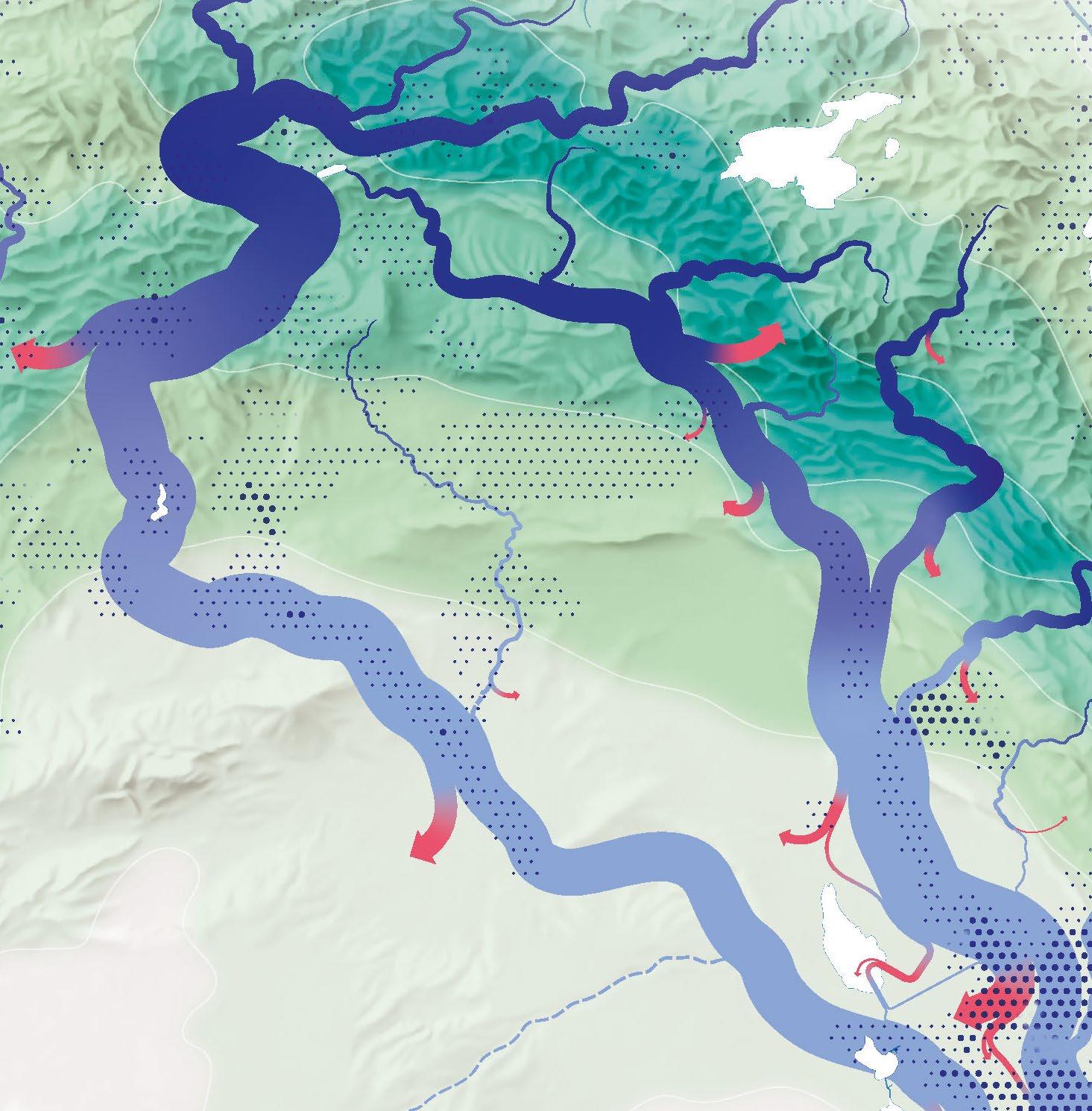

PORT FOLIO
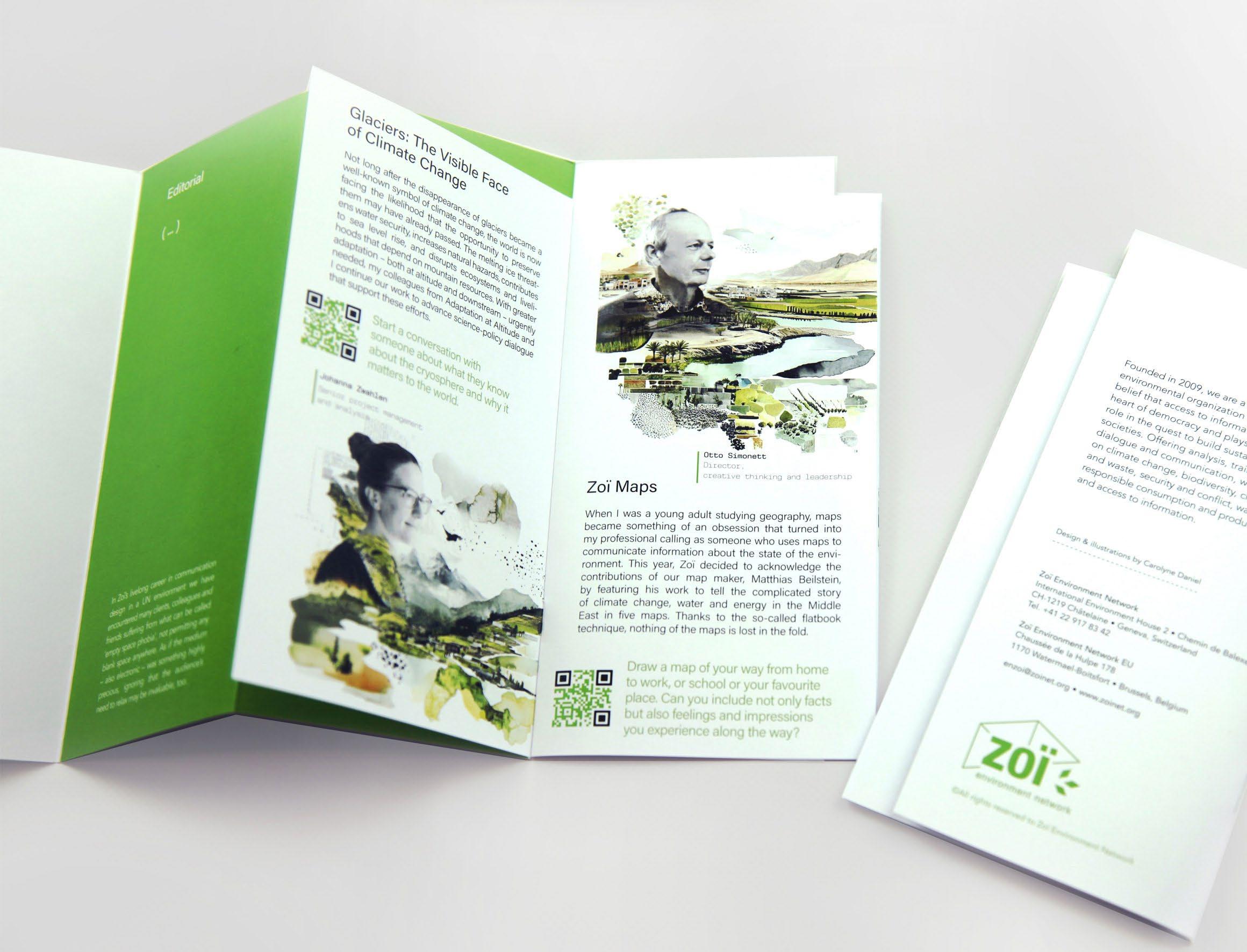
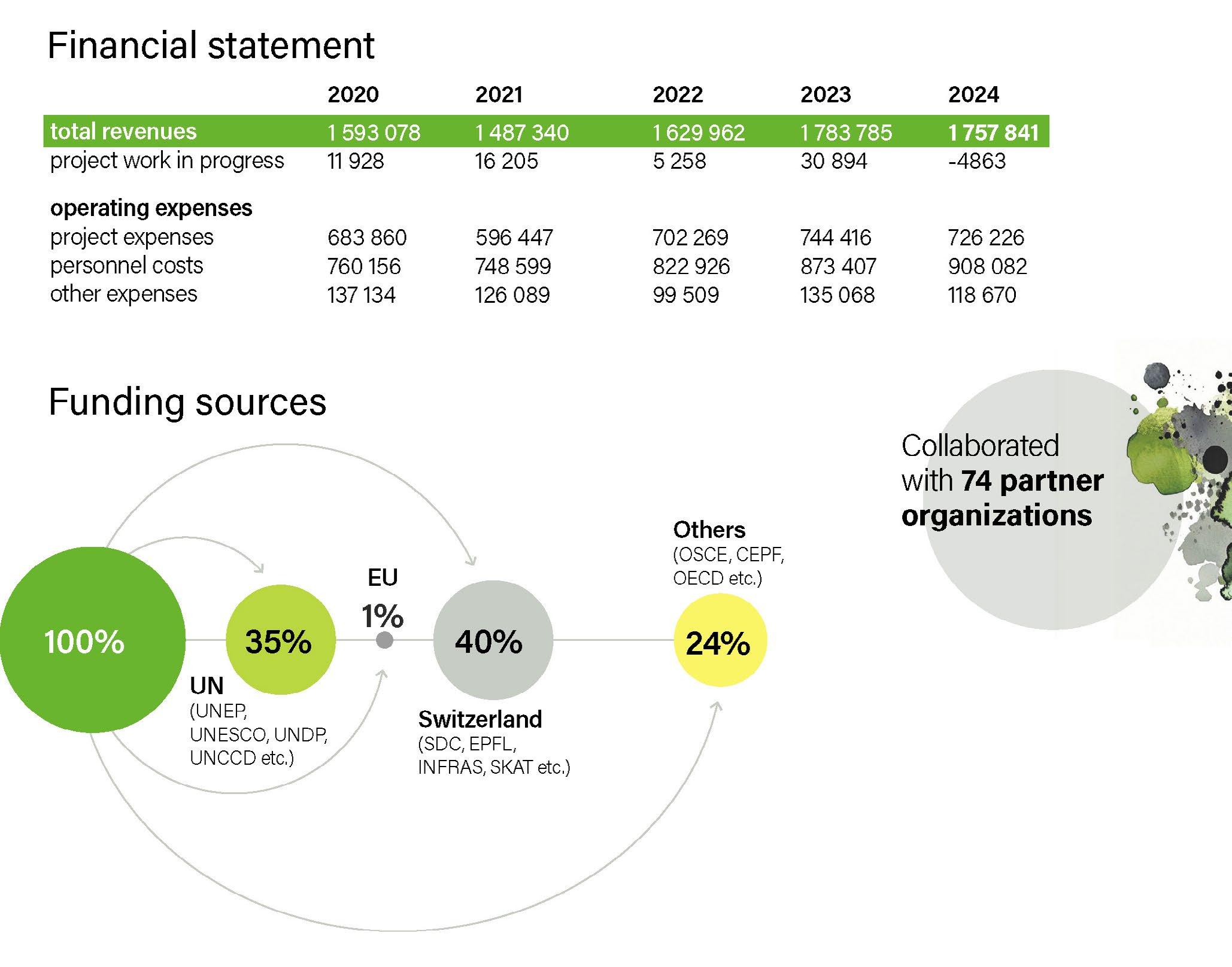
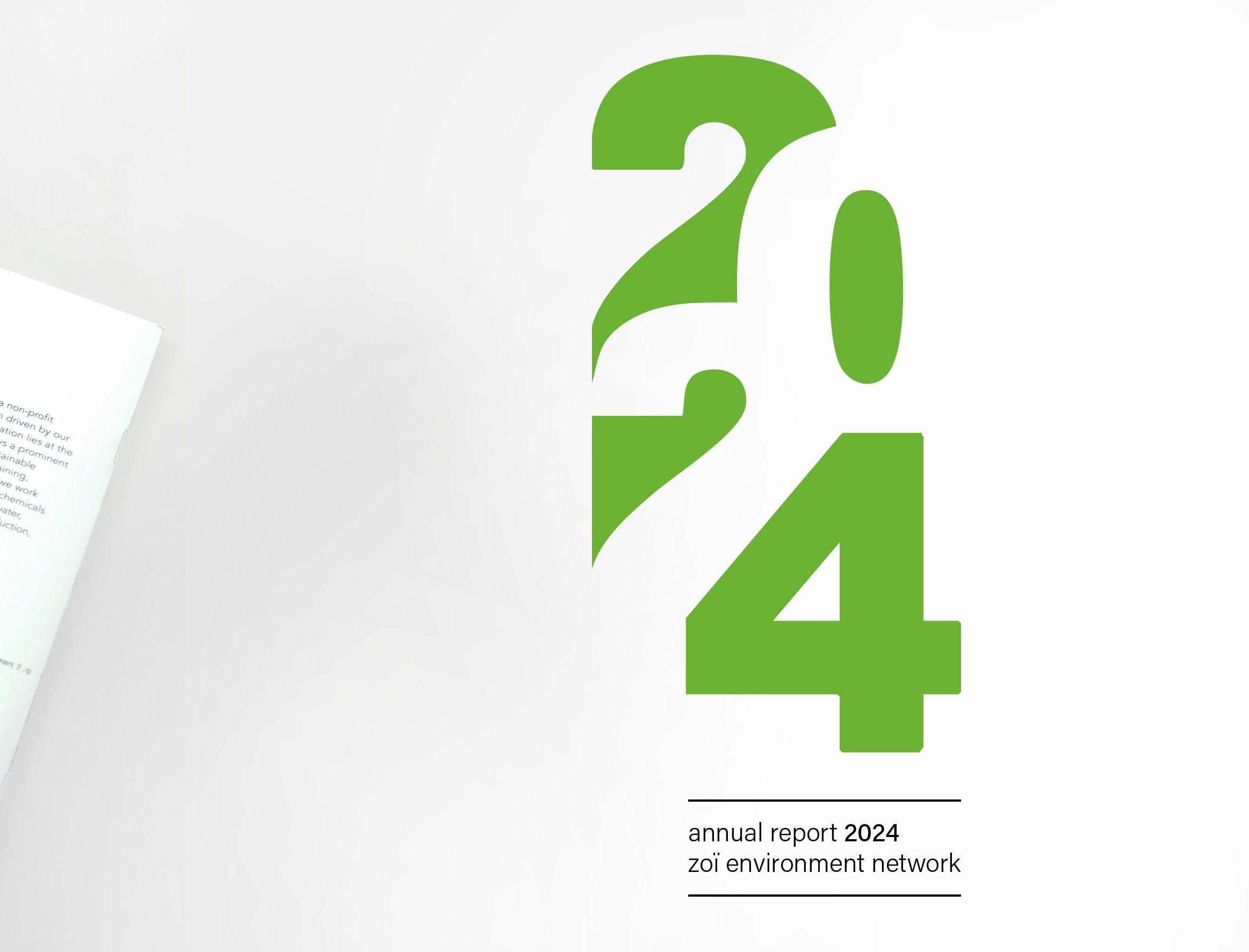
Zoï Environment Network is well known for its ability to transfer dry analysis into easily readable visual communication products – infographics, maps, posters, books, scrolls and animated videos about today’s environmental challenges. With our busy everyday working lives, we sometimes forget how productive we actually are as a rather small non-profit corner shop, somewhat comparable to a bakery where delicious croissants, breads and patisserie are sold to hopefully happy clients in an ongoing process of daily recreation. Once in a while we take the liberty to extract what we think is ‘the best of’ a visual portfolio to give insight and to inspire our communities (and somewhat ourselves). While we are quite aware of the potential of artificial intelligence in today’s visual design, most of what you see in this portfolio still is ‘hand-made’ and thus distinguishes itself from the internet porridge we are confronted with every day. Enjoy!
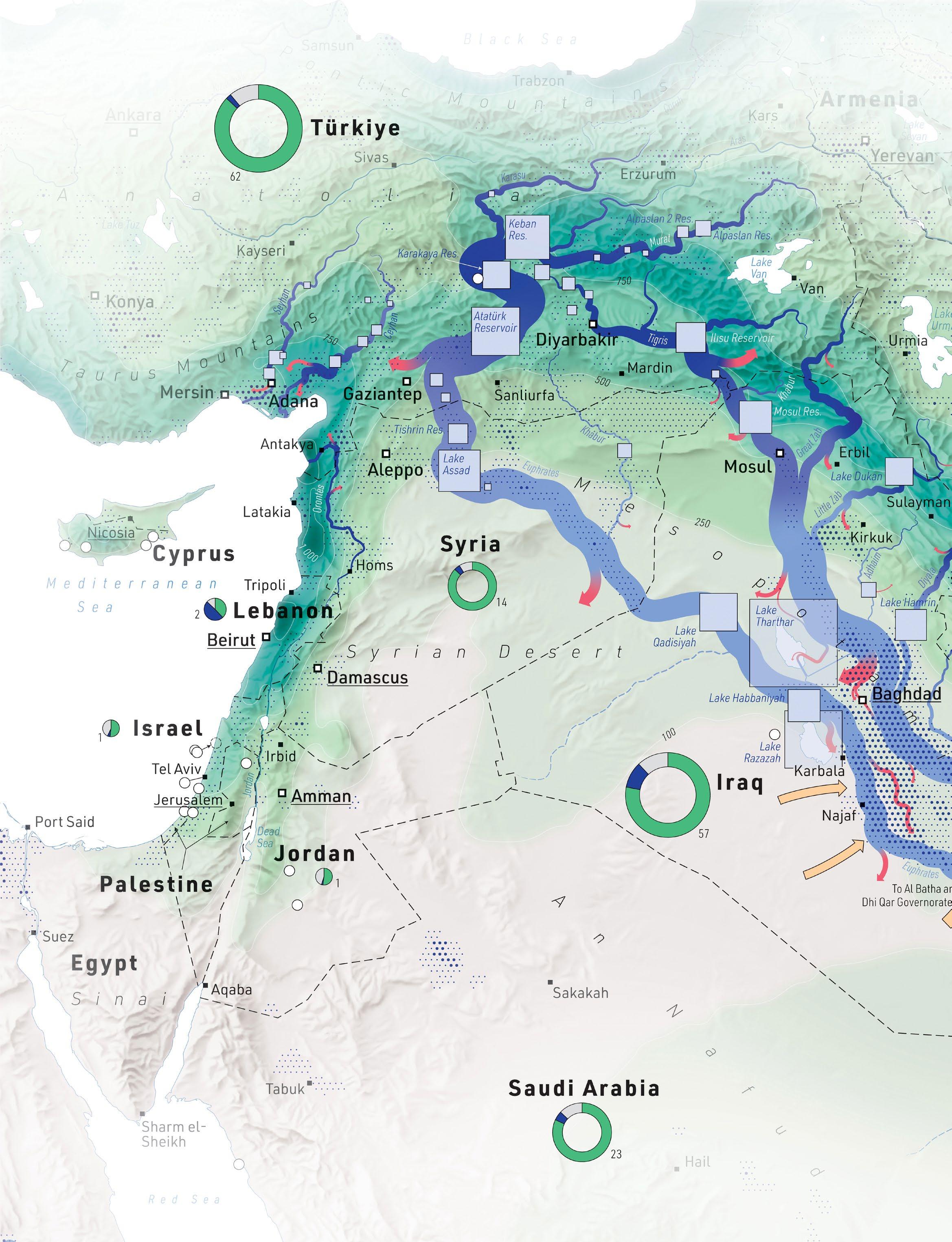
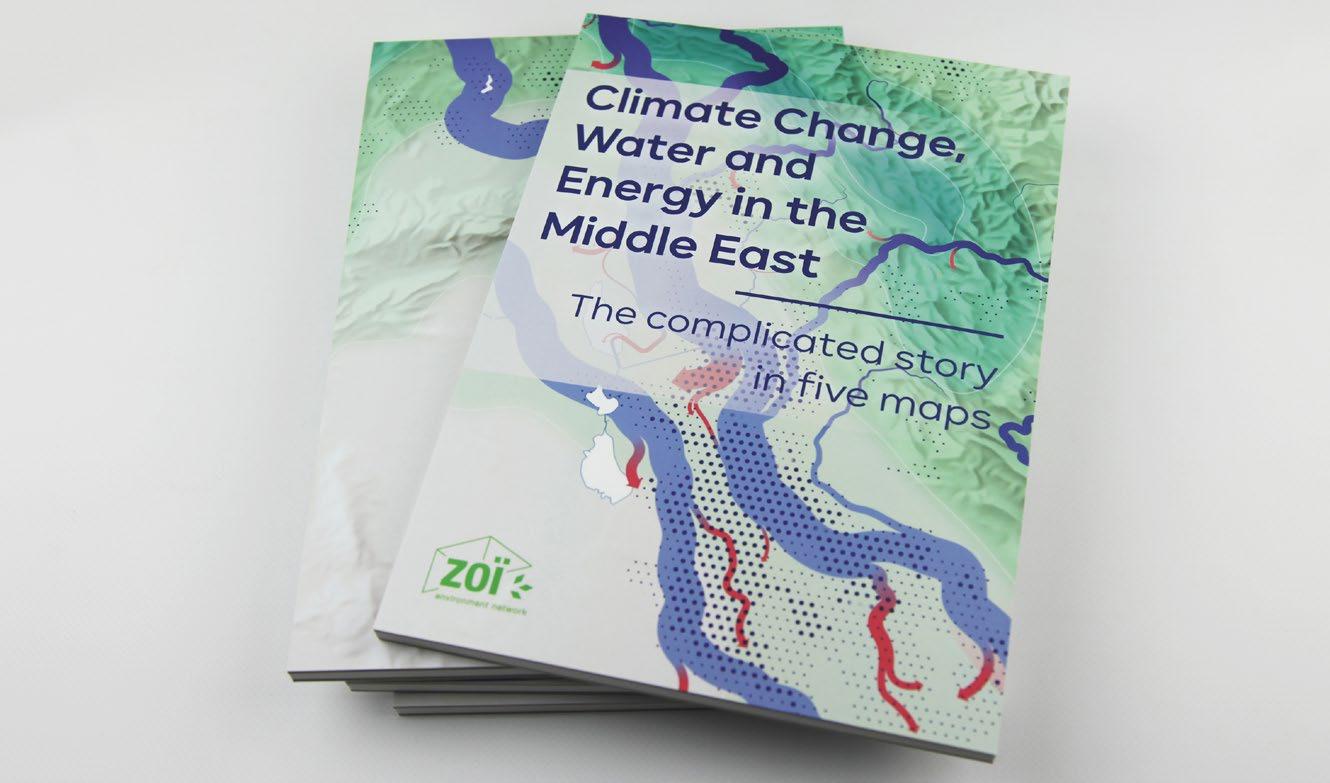
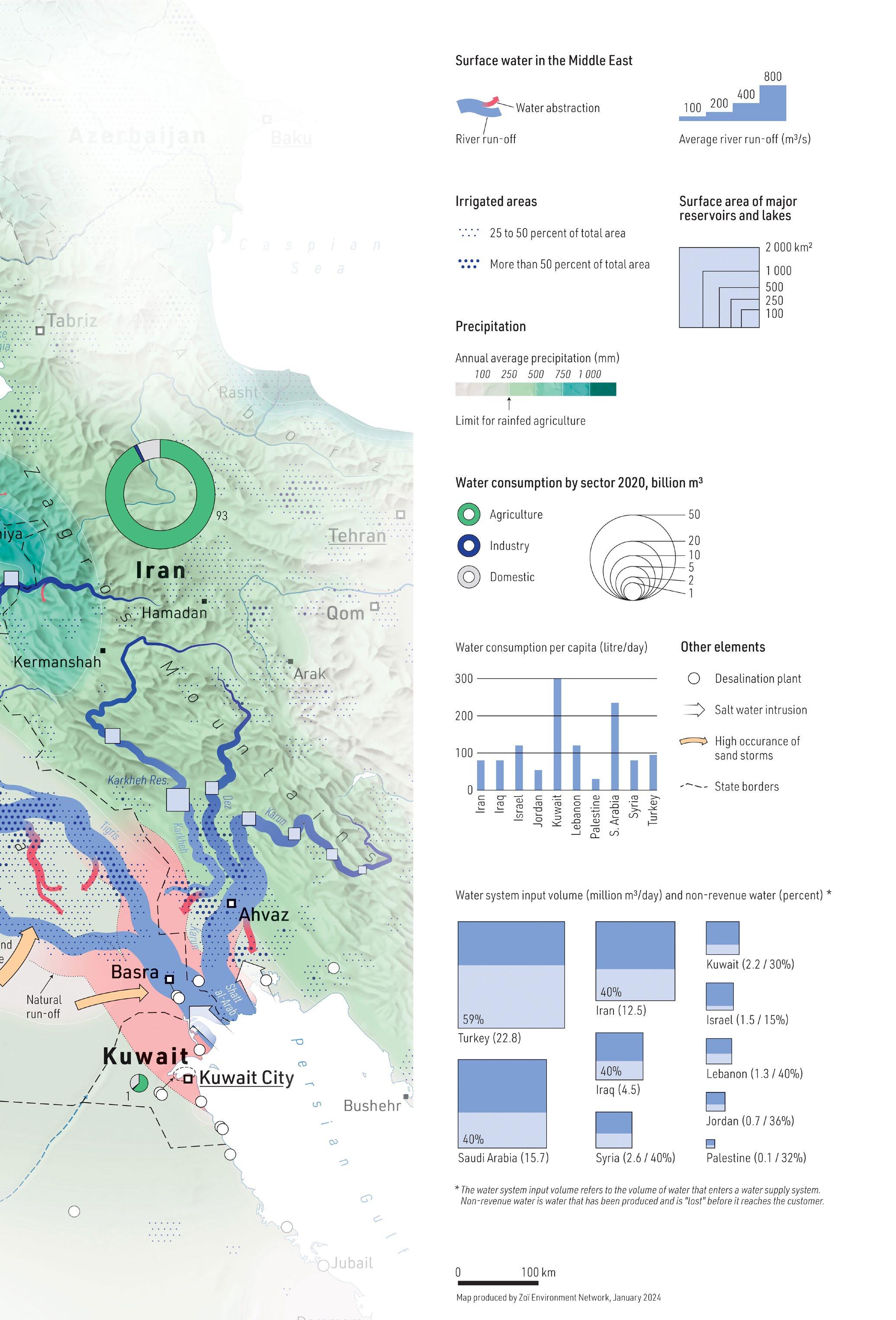
Climate Change, Water and Energy in the Middle East
The complicated story in five maps Zoï Environment Network, 2025
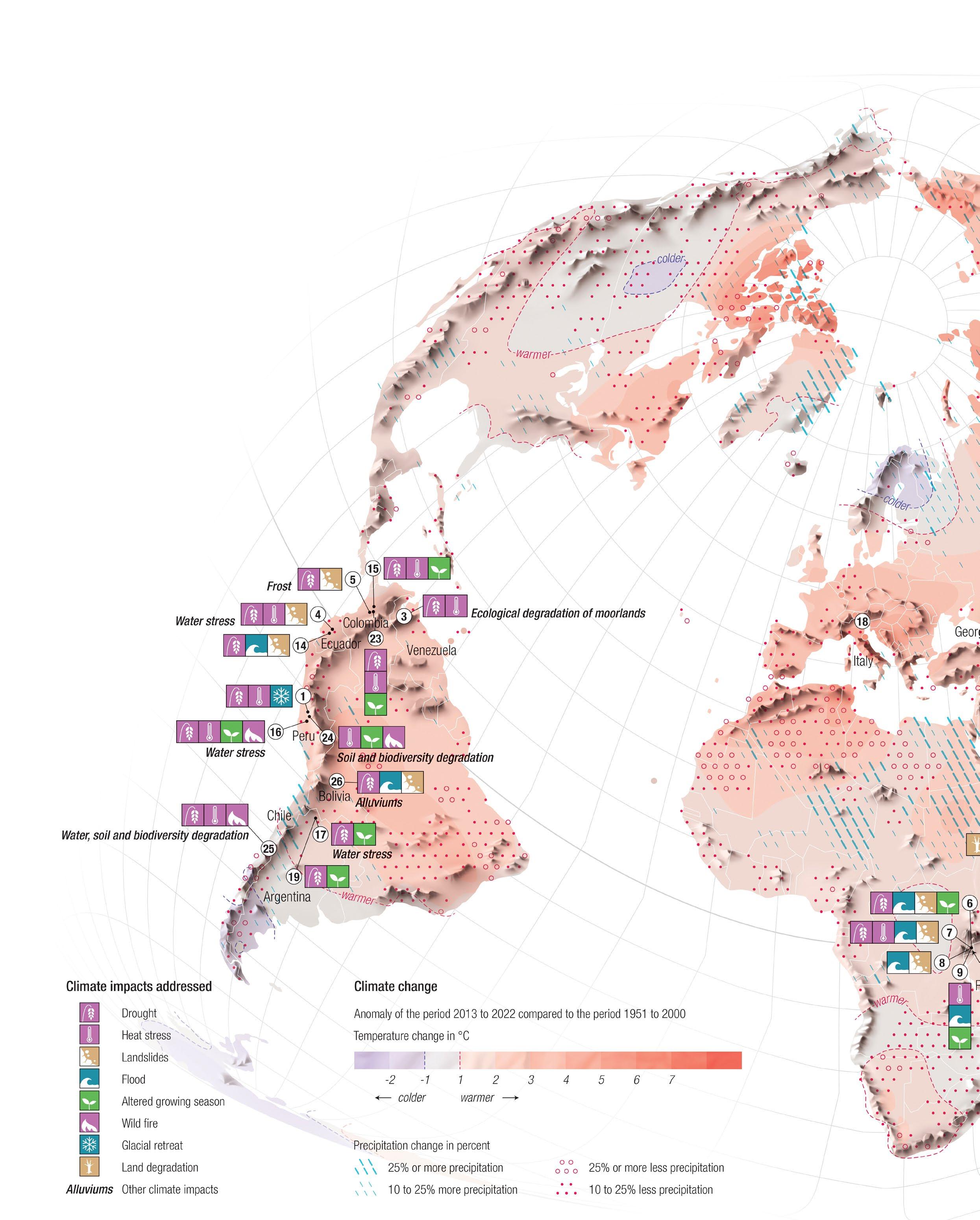
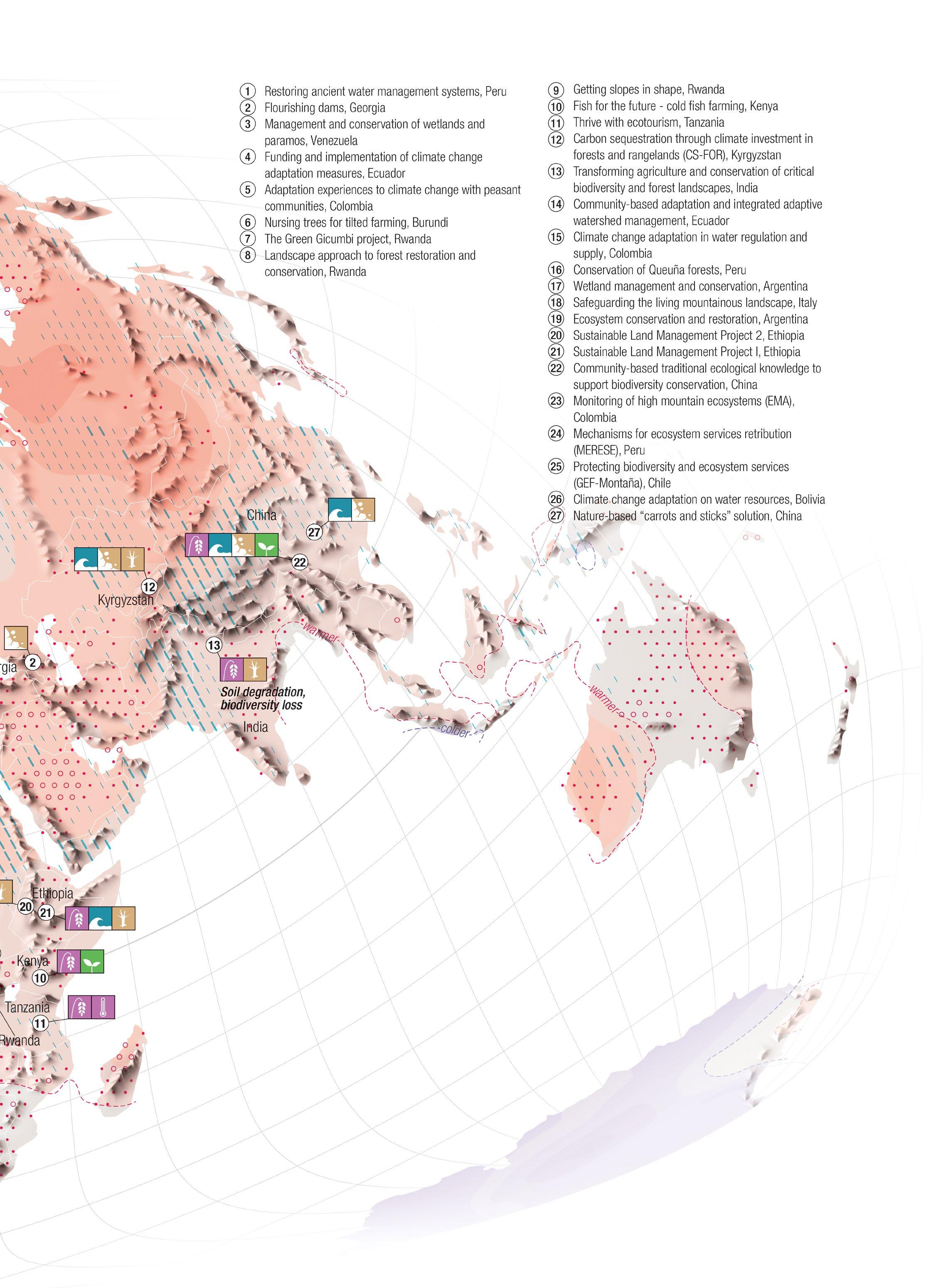
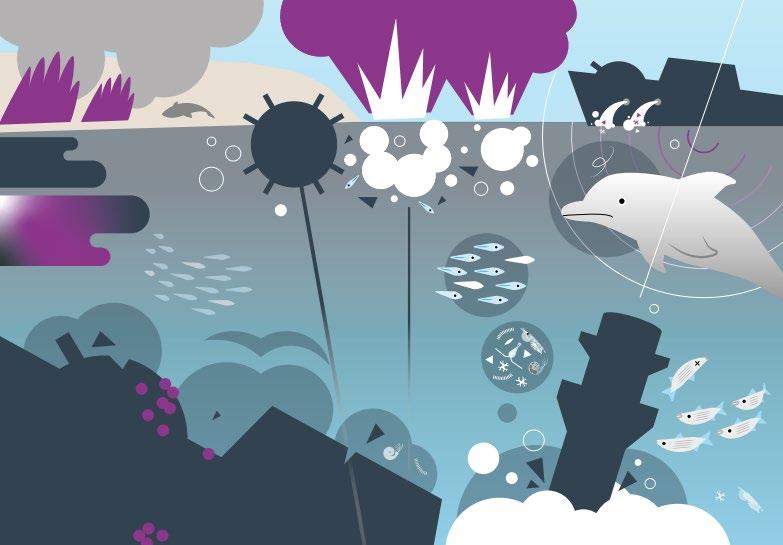
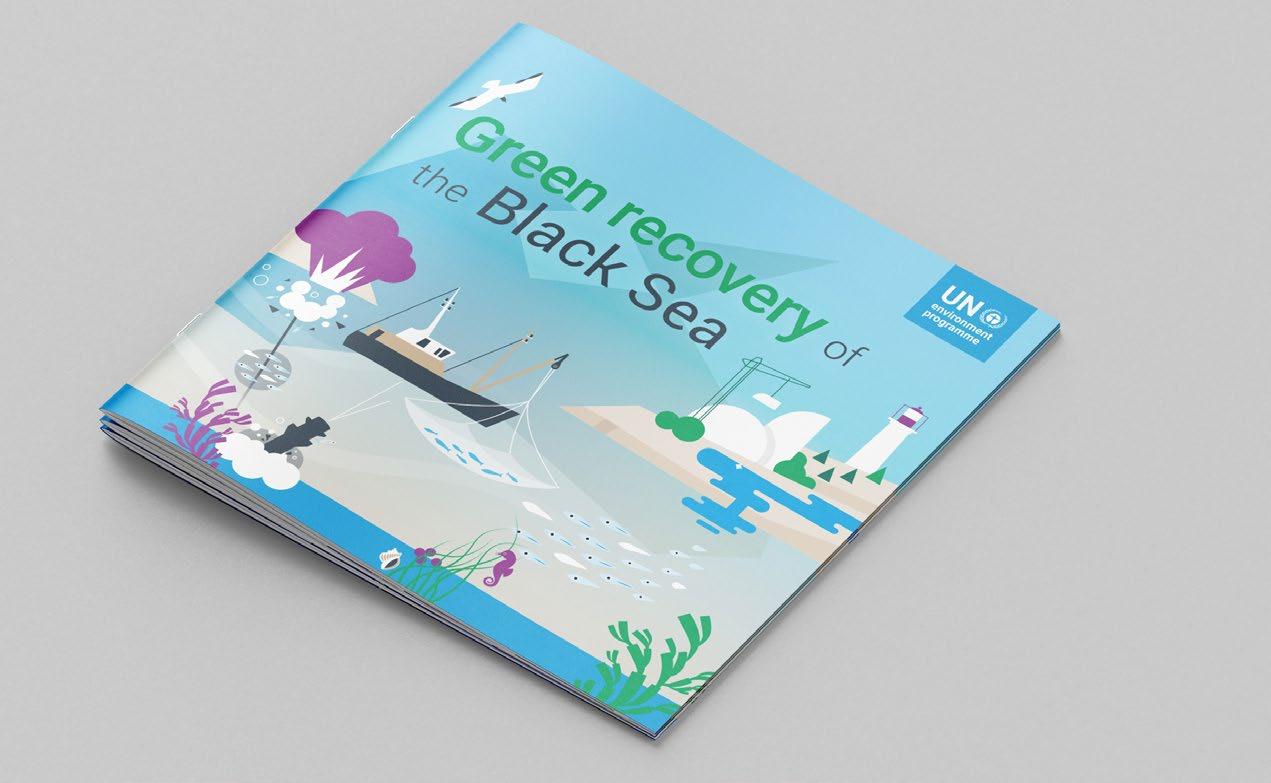
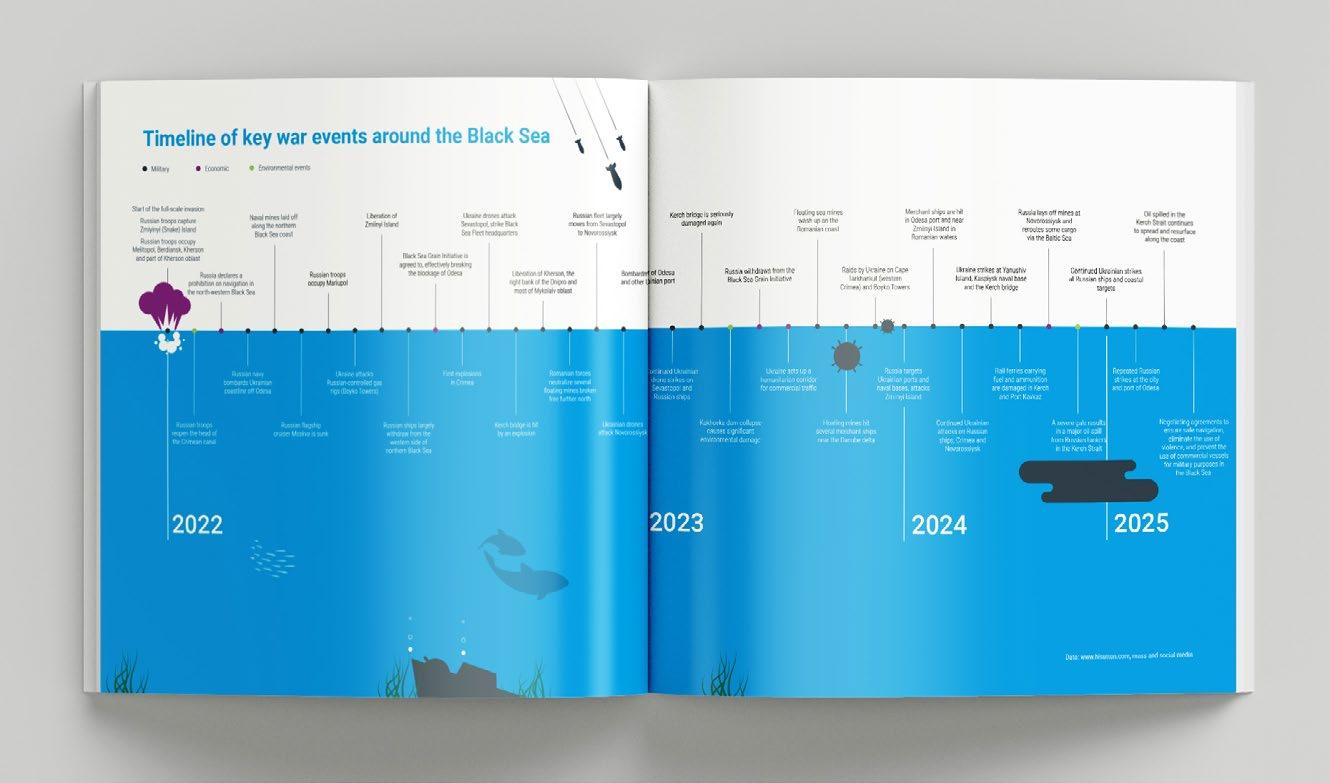
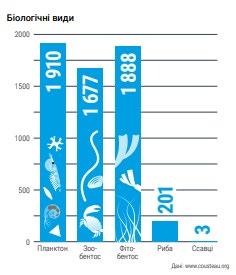
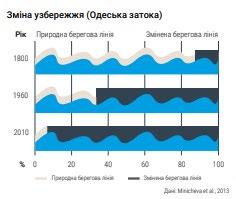
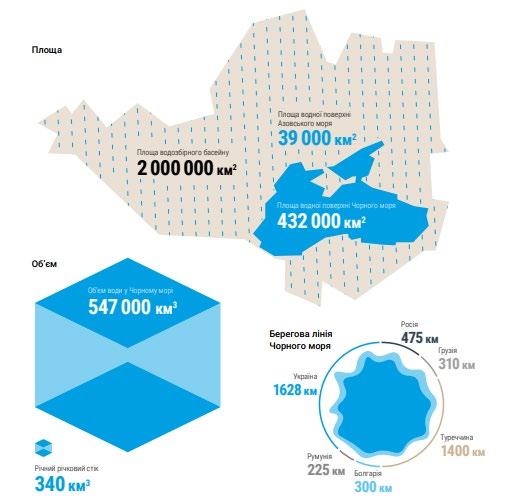
Green recovery of the Black Sea
Resilient Nature Based Water Solutions (RNBWS)
in the Middle East and North Africa (MENA region)
Shifting productive agricultural landscapes from drivers of environmental impact to providers of environmental solutions and services.
Nature Based Solutions for Water (NBSW)
increase

Actions to protect, sustainably manage, and restore natural and modi ed ecosystems that address societal challenges e ectively and adaptively, simultaneously providing human well-being and biodiversity bene ts, focusing speci cally on addressing water resource challenges. Enhance water supply


NBSW are designed to build local community ownership of the interventions, prioritising women and youth cooperatives through establishing farmer field schools
Support and Training
Resilient Nature-Based Water Solutions (RNBWS)












Solutions in agricultural landscapes that strategically integrate Nature Based Solutions for Water with Agricultural Water Management. RNBWS can enhance water security and ecological agricultural production systems by improving water availability and water quality whilst simultaneously reducing water-related risks and generating a range of additional social, economic, and environmental bene ts.
NBSW interventions increase water availability within a catchment
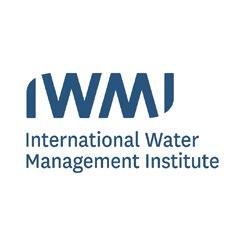
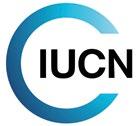




















°C temperature due to Climate Change



52% of agricultural land is severely or moderately degraded
60% of the population lives in high water stress areas

Challenges
1/3 of global GHG emissions comes from the food system









70% of river basins are transboundary




Reduce water demand





65% of the water demand is used for agricultural activities
Agricultural Water Management (AWM)
Use of water in a way that provides crops and livestock the amount of water they need, enhances productivity, and conserves natural resources for the bene t of downstream users and ecosystem services.
Crop Selection and Cultivation Practices
Irrigation Systems and Water Storage Support and Training – Market Scaling


Provide Ecosystem Services & Promote Biodiversity
Improve Soil Health & Agricultural Productivity
Enhance Water Availability & Quality
Mitigate Climate-Induced Water Stresses
Ensure Resilient Food Systems
Build Livelihood Resilience
Gender Equity & Social Inclusion
Resilient Nature Based Water Solutions in the Middle East and North Africa IUCN, 2024
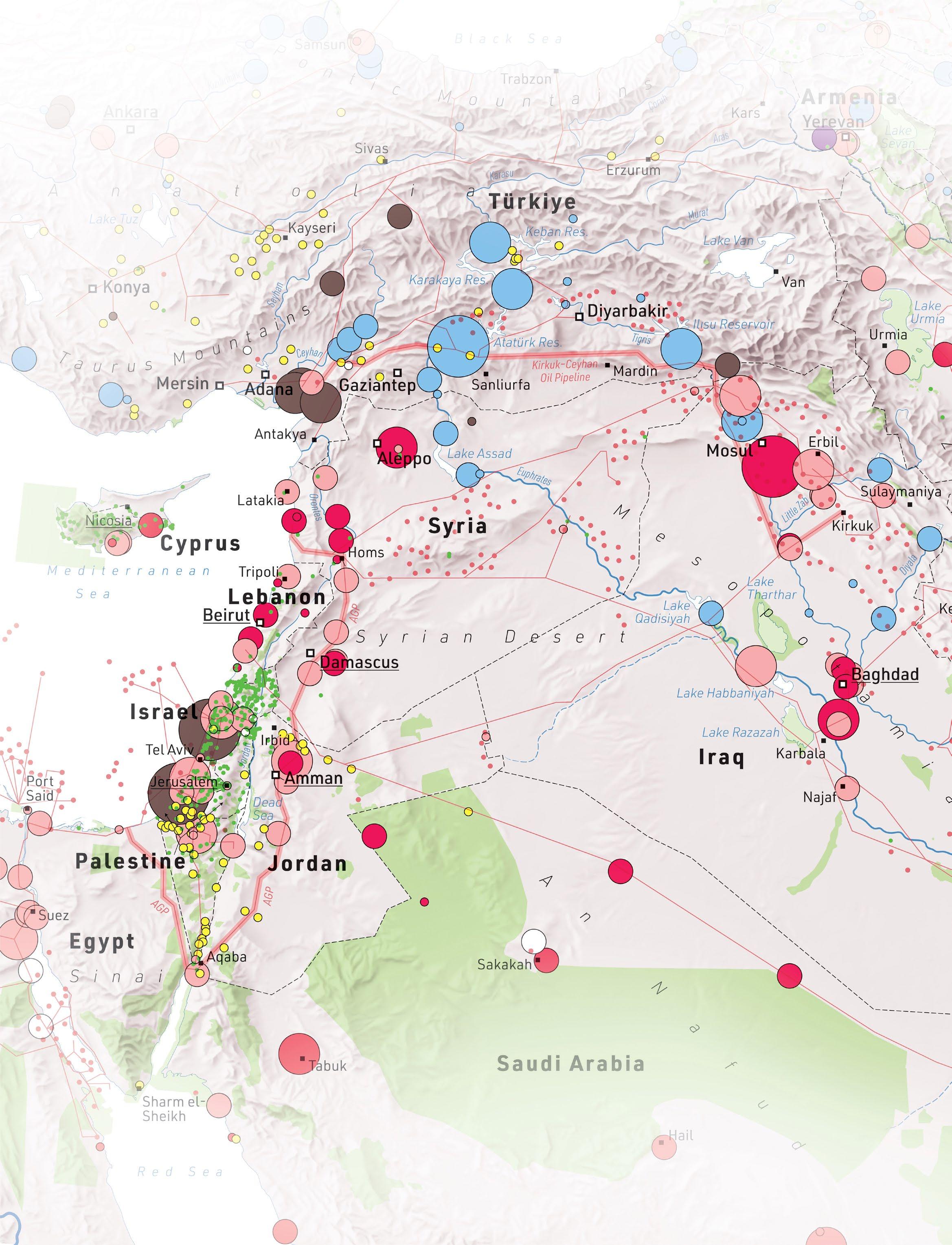
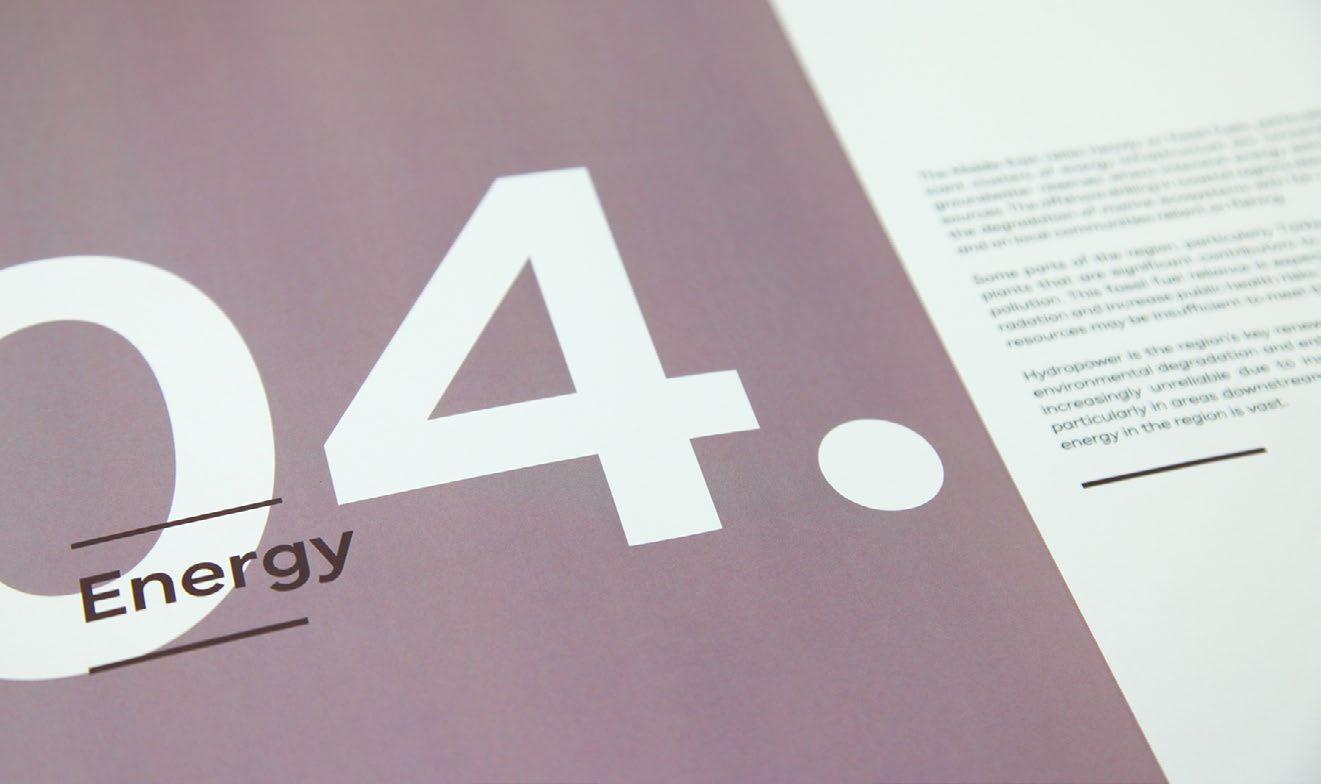
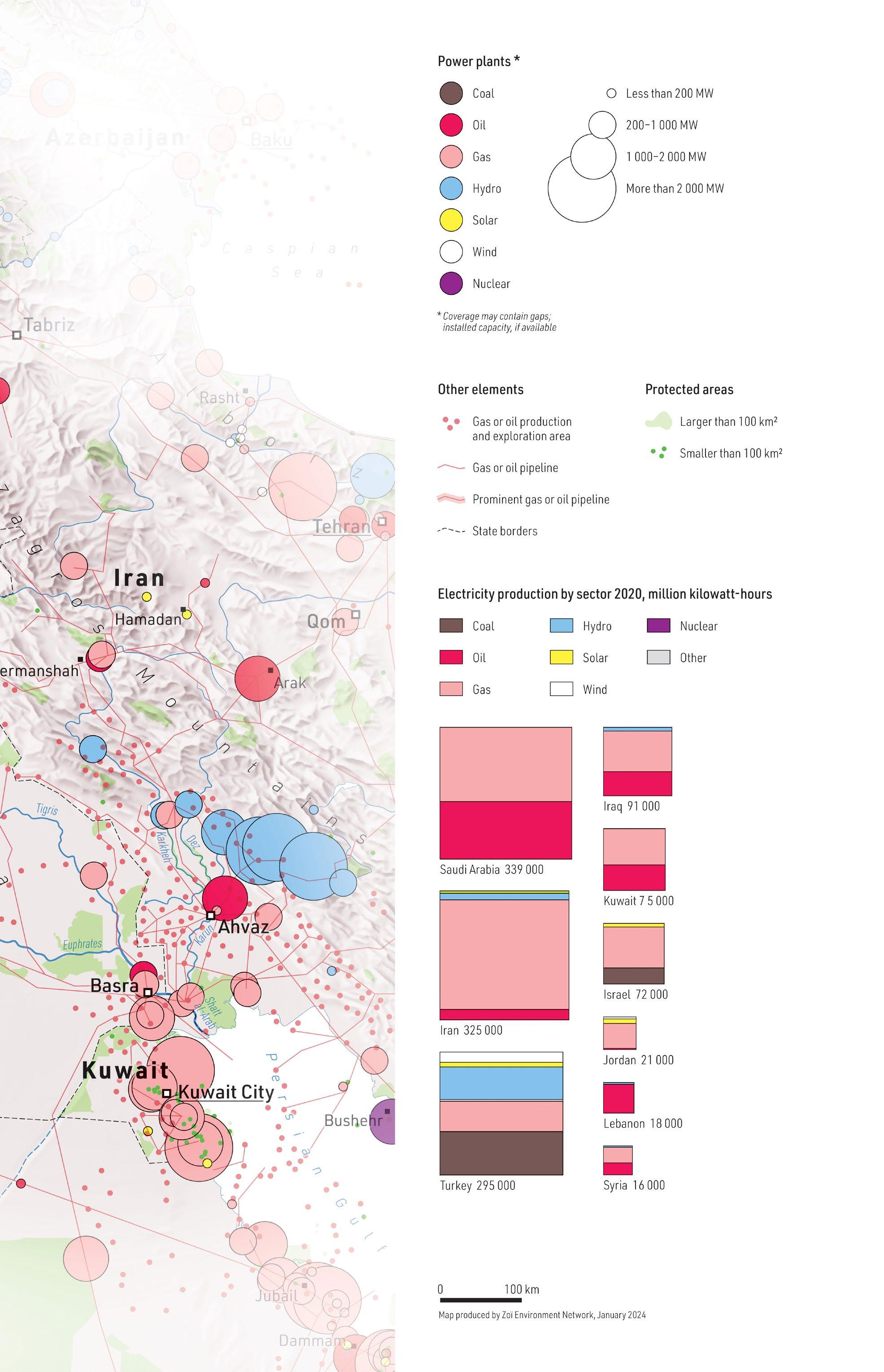
Climate Change, Water and Energy in the Middle East
The complicated story in five maps Zoï Environment Network, 2025
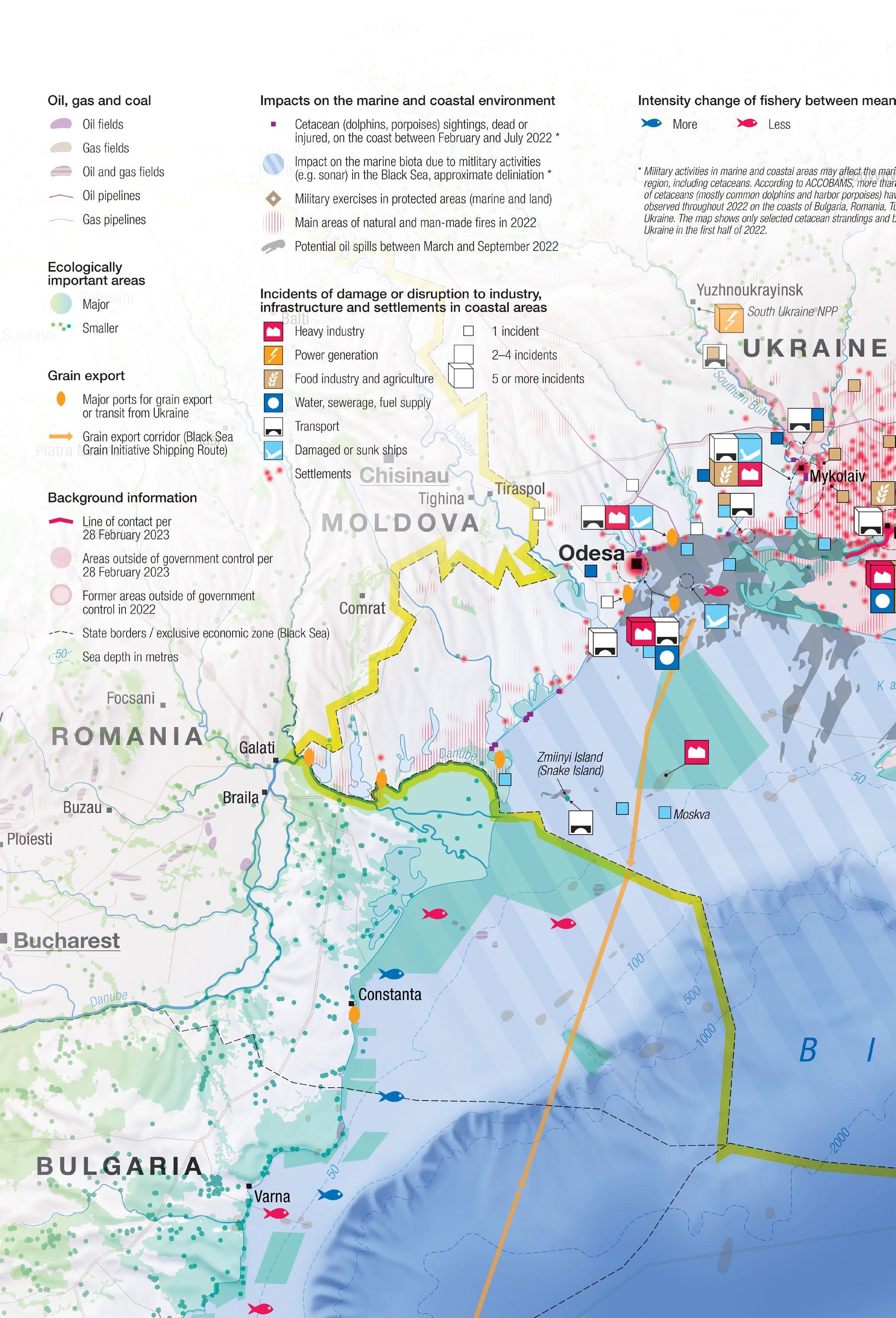
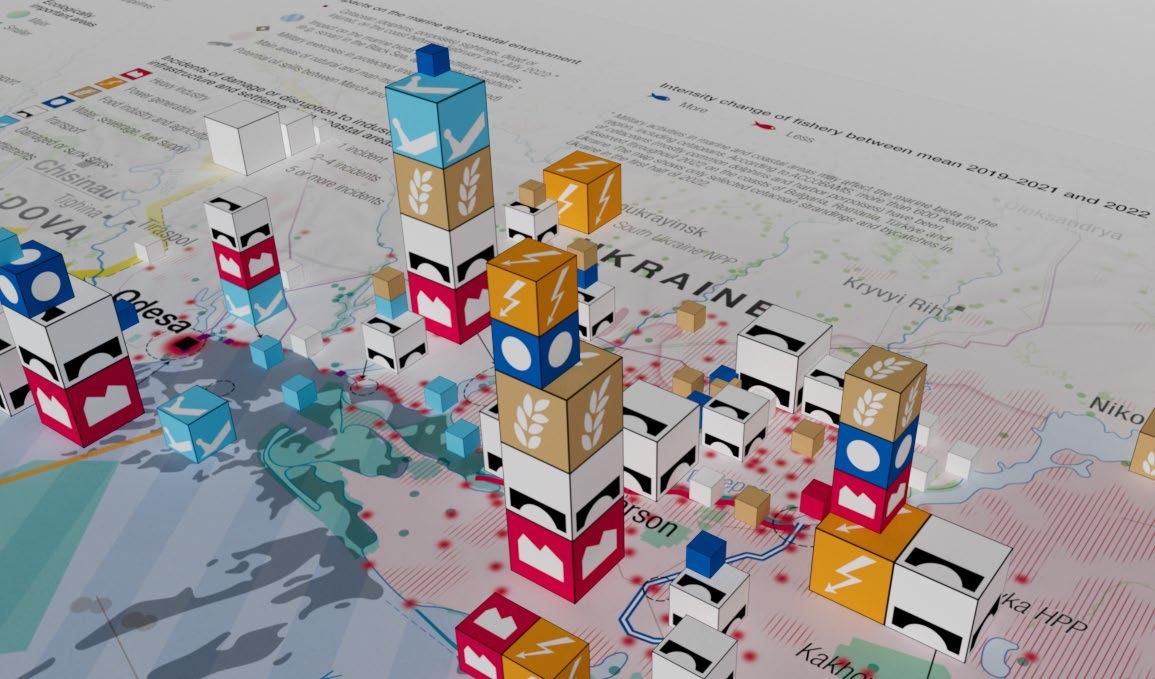
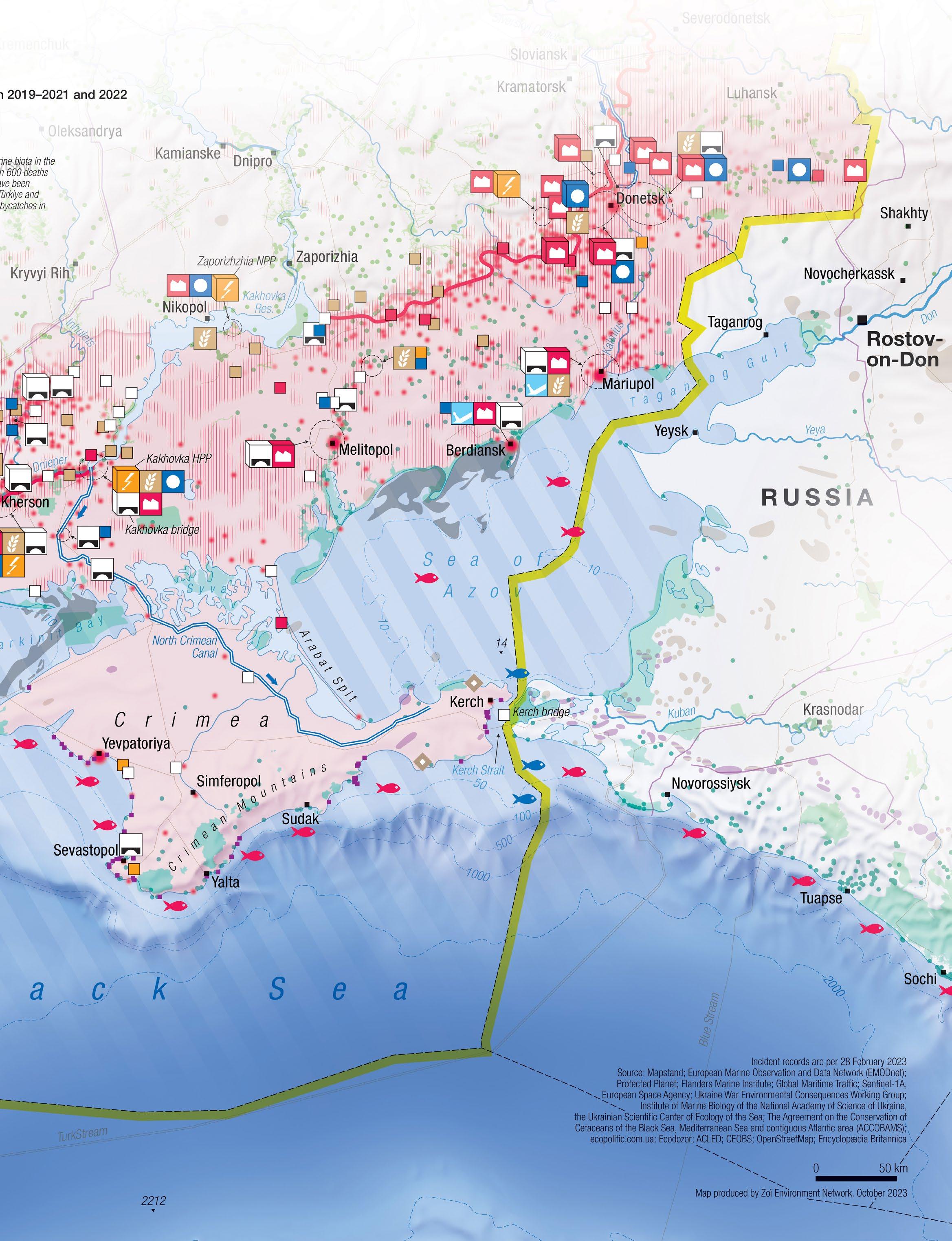
The Environmental Consequences of the War against Ukraine Preliminary Twelve-Month Assessment (February 2022 – February 2023) OSCE, 2024
OSCE project: Mitigating Climate Change Threats to Critical Energy Infrastructure
Project Factsheet – No. 1102456
Climate change is increasingly affecting the energy sector: it damages energy assets, overloads power grids, and compromises the reliability of providing energy to people. Over the last years, power utilities ranked highest in exposure and vulnerability to long-term risks of climate change.
Extreme weather events and climate variations compromise power plant capacities, while increasing energy demand. A temperature increase of 3.5°C - 5°C by 2050 could increase the need for electricity by 10-20%. To strengthen energy security, countries urgently need to integrate these risks into their energy planning and invest in resilient infrastructure for the generation and distribution of electricity.
However, most OSCE participating States have access neither to localized climate projections nor to the know-how to apply them to energy planning. For example, the OSCE Risk and Readiness Assessment revealed that 50% of project countries seldom or never use climate data for energy planning.
This unique OSCE project equips energy stakeholders with the know-how, capacities, and data to to prevent and address climate risks to critical energy infrastructure, prepare for future climate realities, and advance a resilient and long-lasting energy transition.
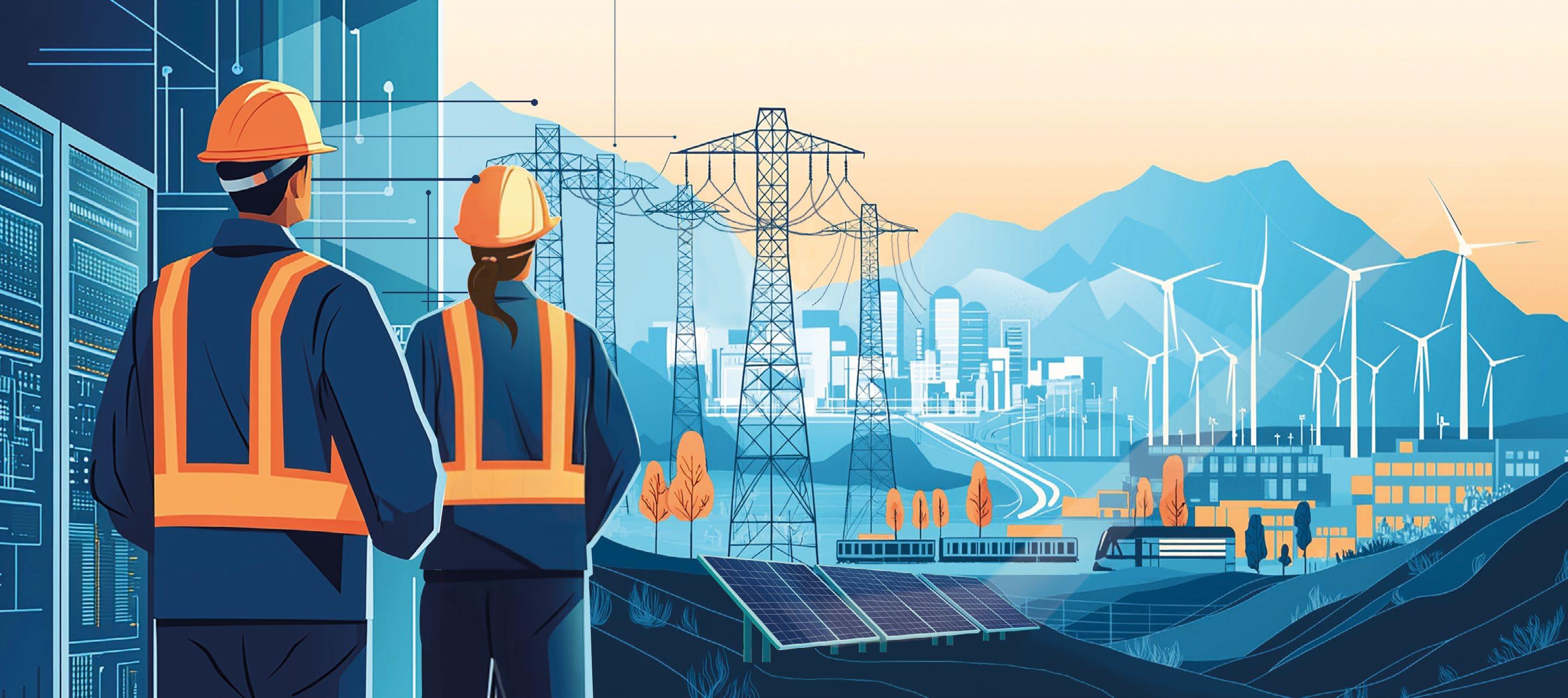
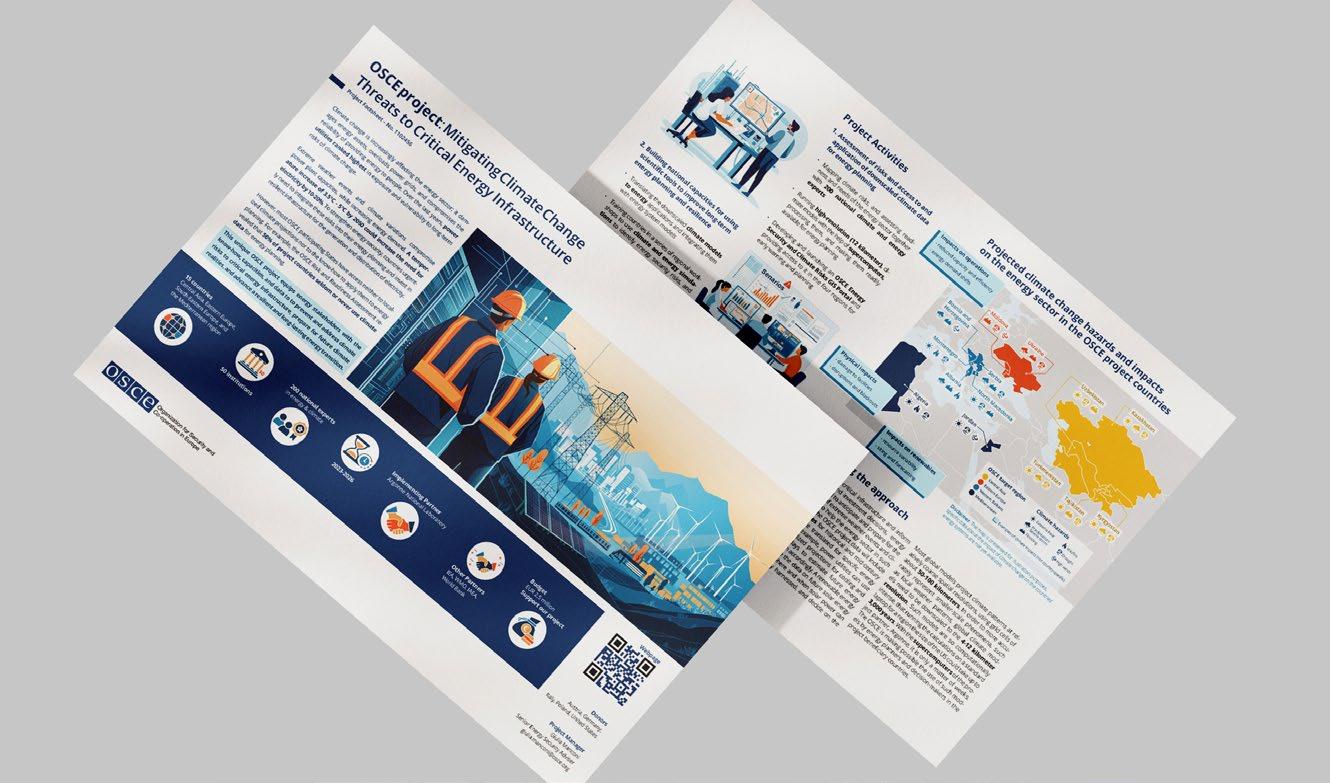

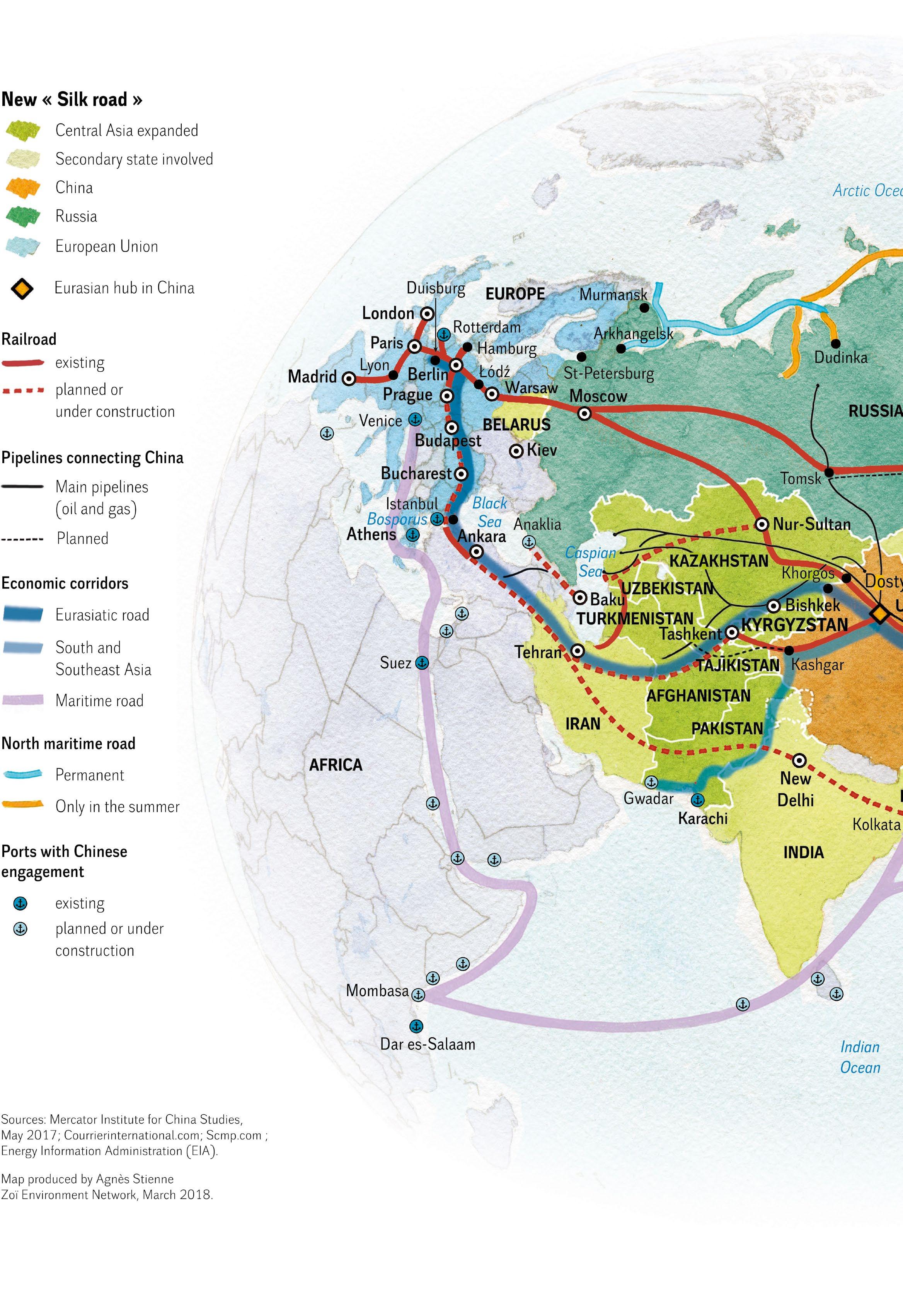
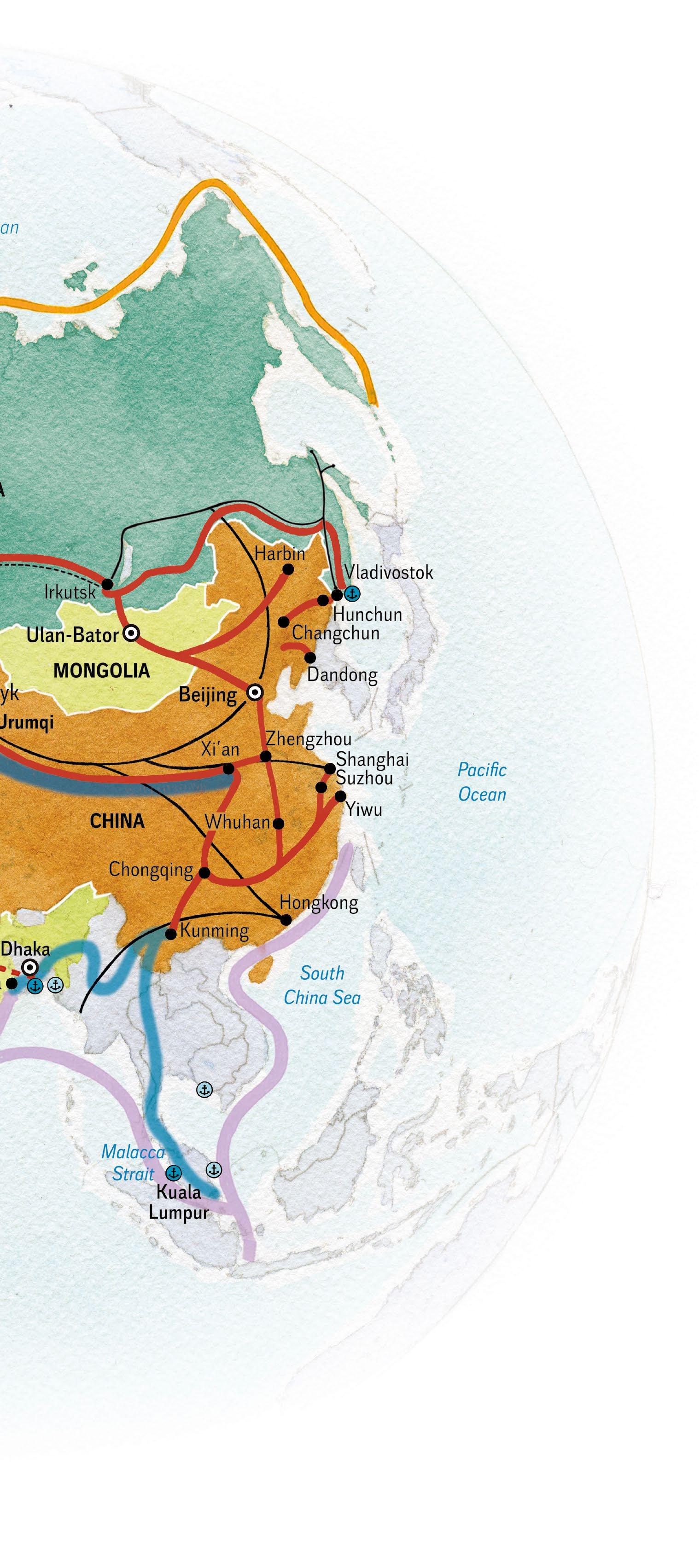
Greening the Belt and Road Projects in Central Asia A Visual Synthesis SDC, 2019
HOW WE MAKE MERCURY HISTORY
The Minamata Convention on Mercury is a global treaty that helps countries to control, reduce and eliminate mercury across all its life-stages with an ultimate goal to protect human health and the environment















MERCURY HISTORY
is a global treaty that helps countries to control, reduce life-stages with an ultimate goal to protect human health
Minamata Convention – Visuals 2023 – 2025
Use, Emissions and Releases






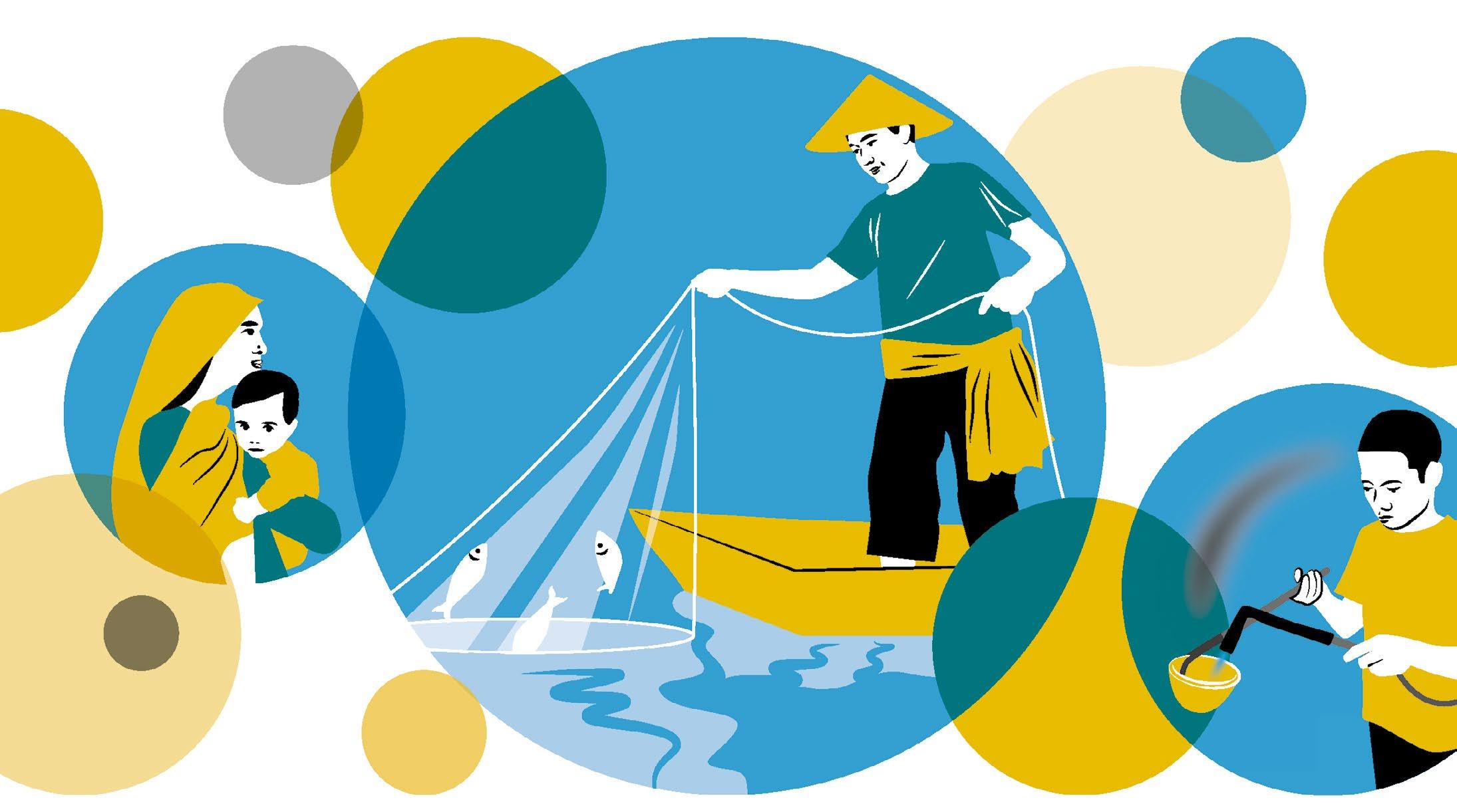
Supply AND TRADE Storage and waste management
Cinnabar ore mining to produce mercury
Mercury being supplied from primary mining
Mercury being internationally traded
Mercury being used in various industries such as chlorine and caustic soda
Mercury being emitted to air from coal burning and other industries
Thermometers
Fluorescent lamps
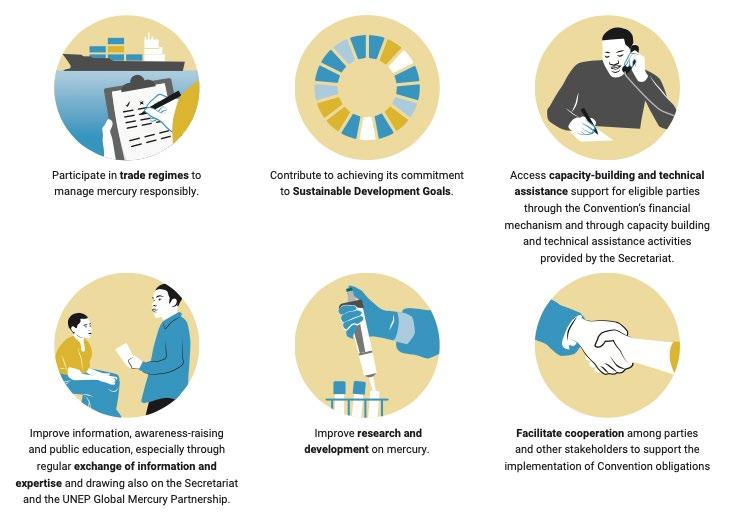
Dental amalgam
Skin-lightening products
Mercury being used to extract gold in gold mining
Mercury being vaporized through burning to obtain gold
Mercury being released into land and water
Interim storage
Mercury being emitted and released from waste management
Mercury accumulating in fish from micro-organisms
Humans being exposed to mercury through food consumption
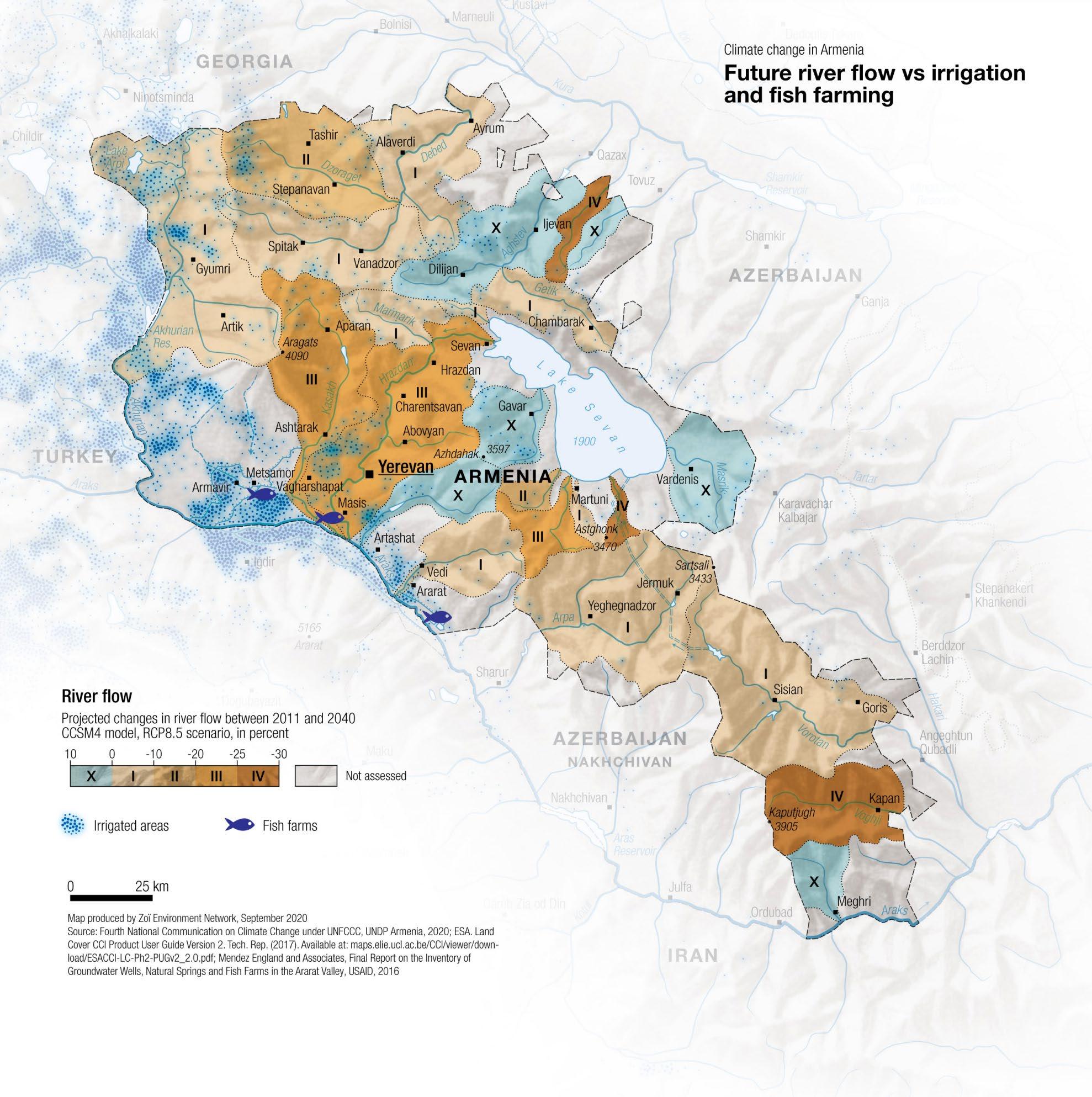
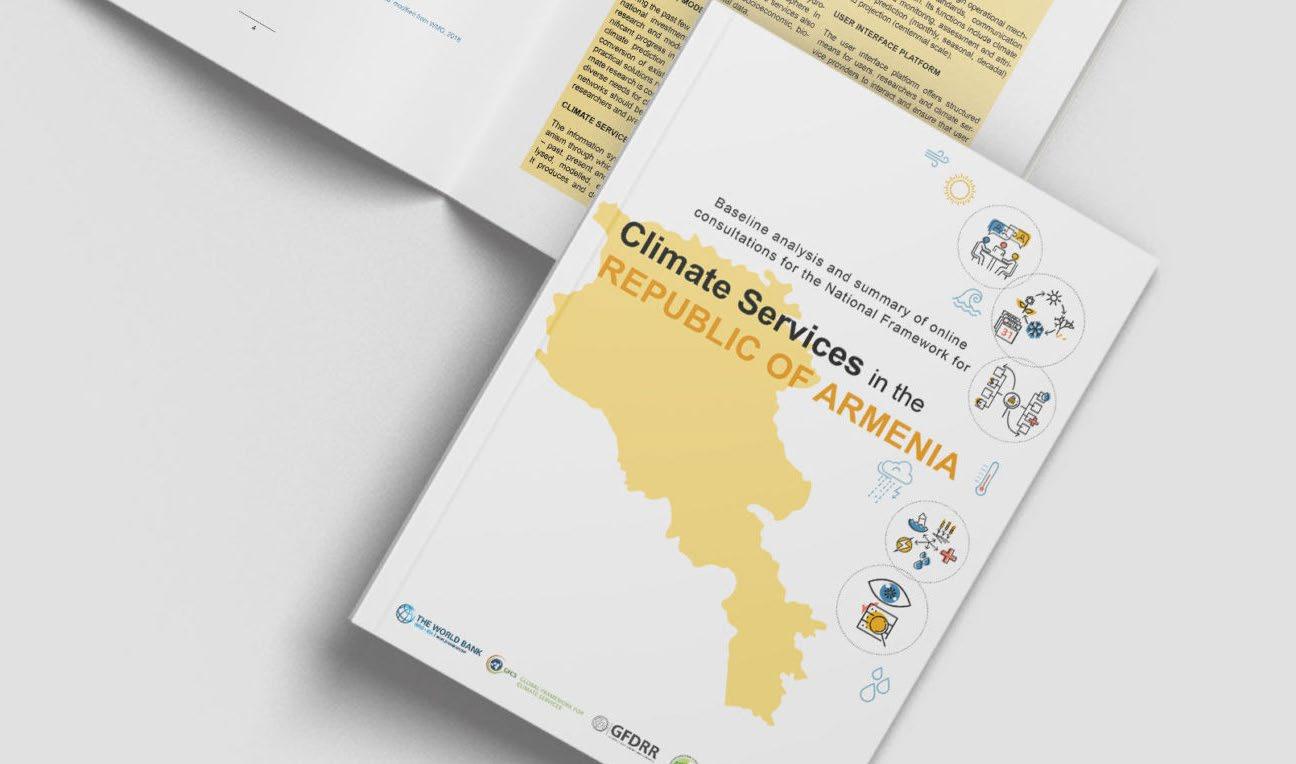
National Framework for Climate Services for the Republic of Armenia SDC, 2021
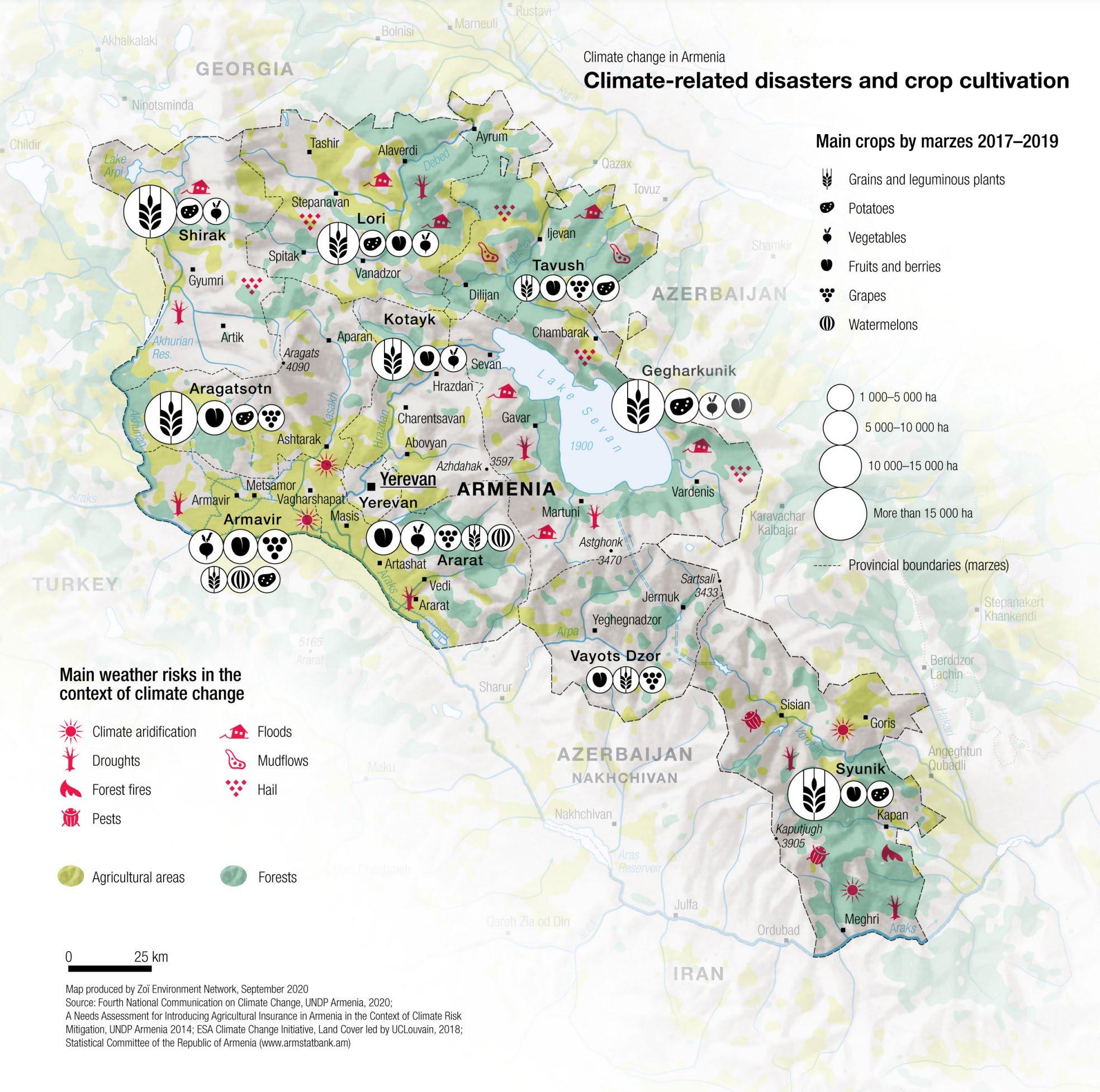
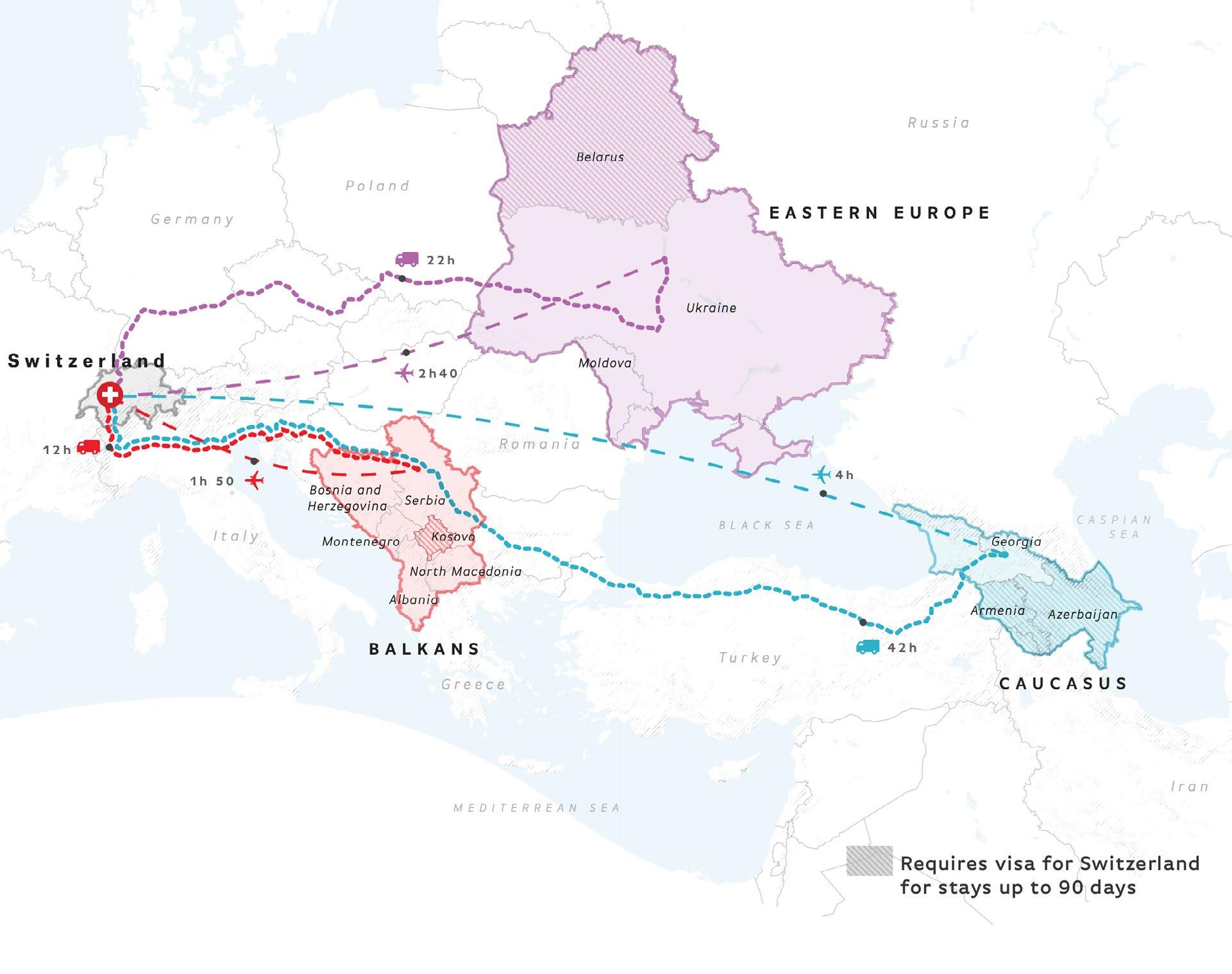
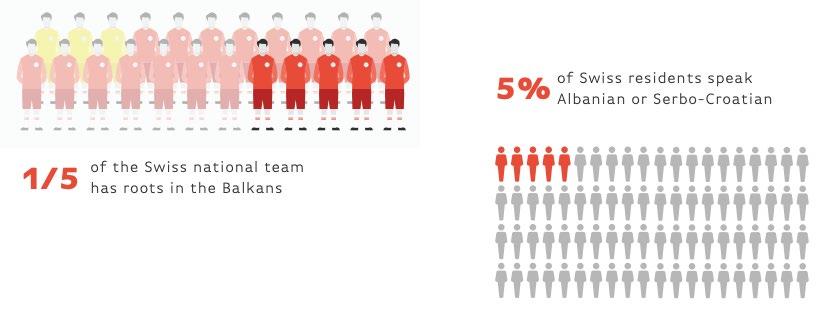
Switzerland’s Proximity to Europe’s East SDC, 2019
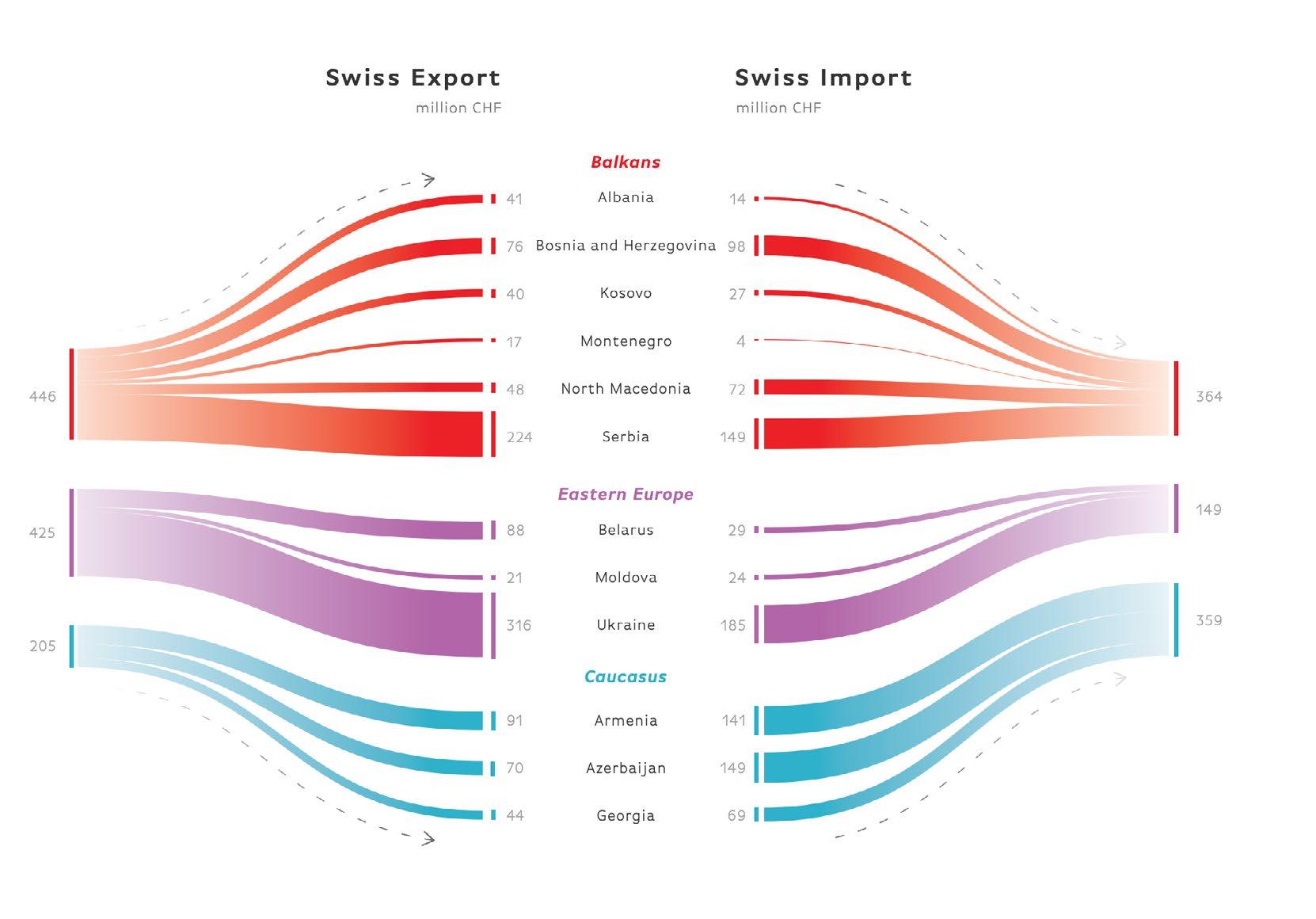
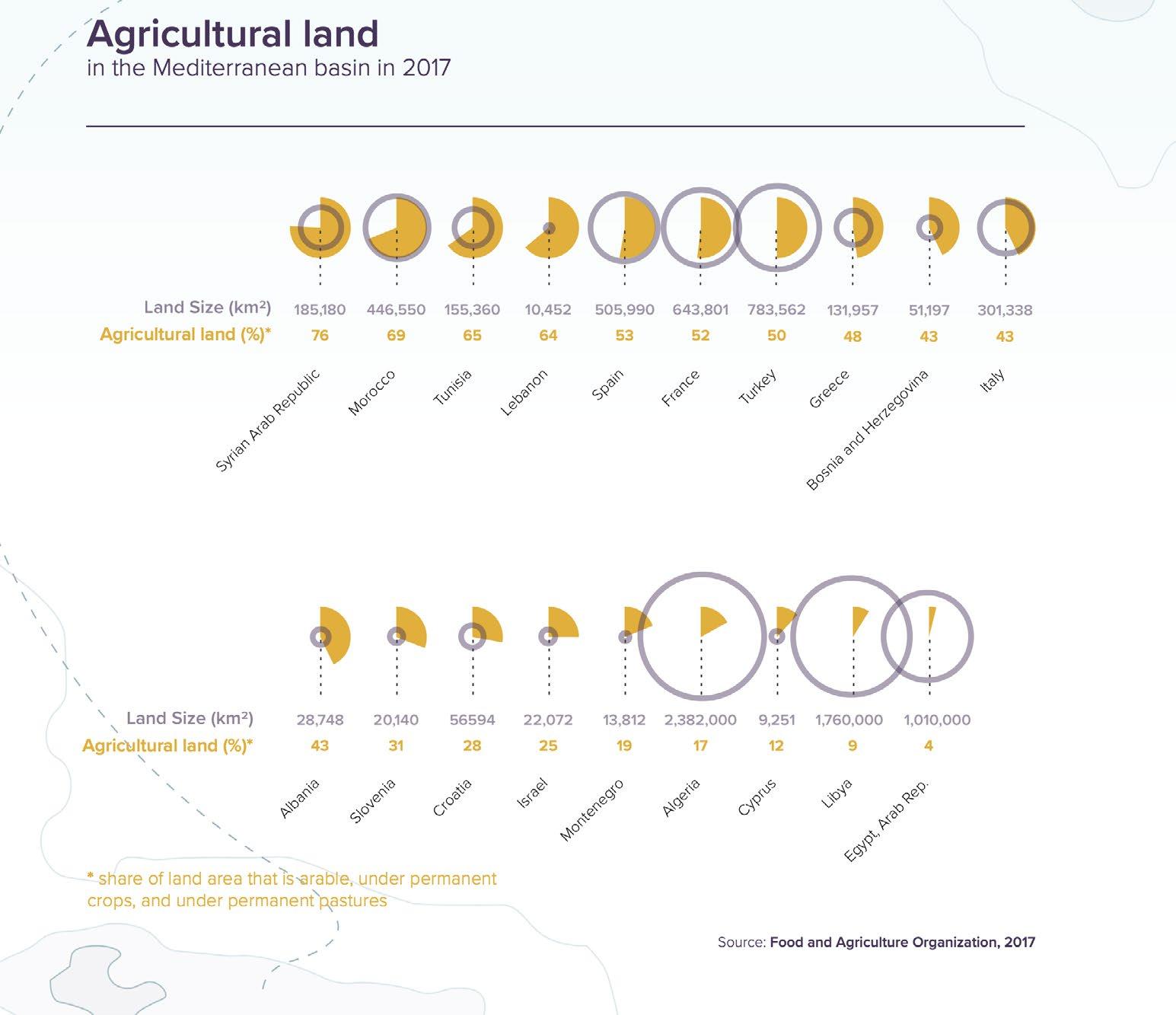
Climate Change & Security in the Mediterranean Basin FDFA, 2019
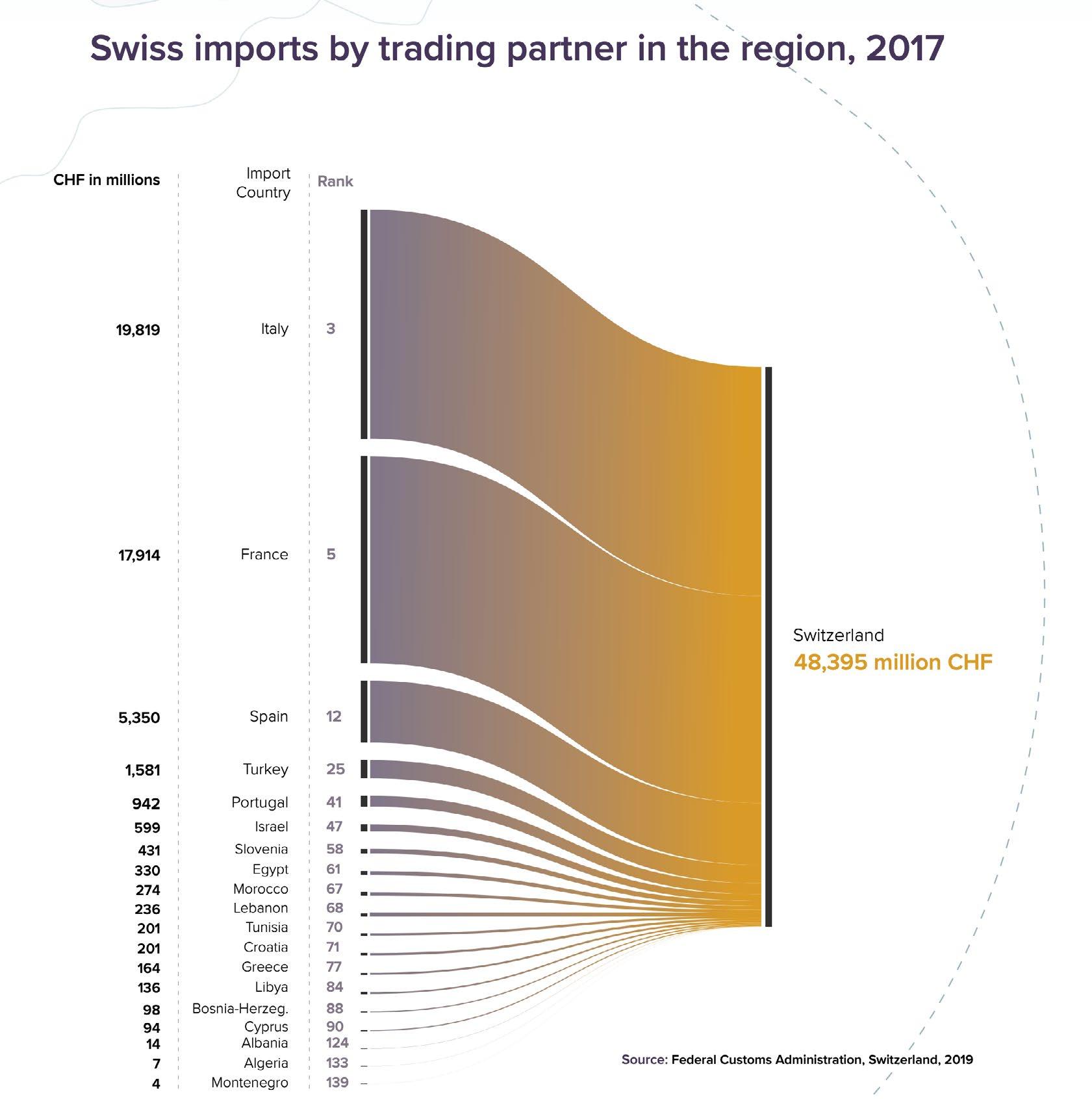
Impacts of the Loss of Mountain Snow and Ice in the Caucasus
Between 2000 and 2020, glaciers in the in the Caucasus have lost approximately 20% of their mass.
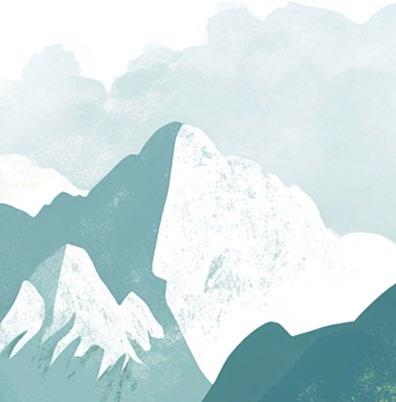
By 2100, a temperature rise of 1.5°C would result in loss of approximately 60% of glacier mass compared to 2024.
Landslides & rockfall
Ice avalanche & snow avalanche
Glacial lake outburst floods
Reduced supply of drinking water and irrigation water, with effects on food security, livelihoods, cultural heritage, and overall security
WATER RESOURCES
▶ Reduced summer water availability in hot and dry years
▶ More pronounced annual and inter-annual water fluctuations
▶ River flows see earlier peaks and then decrease to lower than average levels

Changes in cyclic and seasonal climate patterns disrupting plant and animal species

Loss of endemic species dependent on snow and
Increase in human–wildlife conflicts
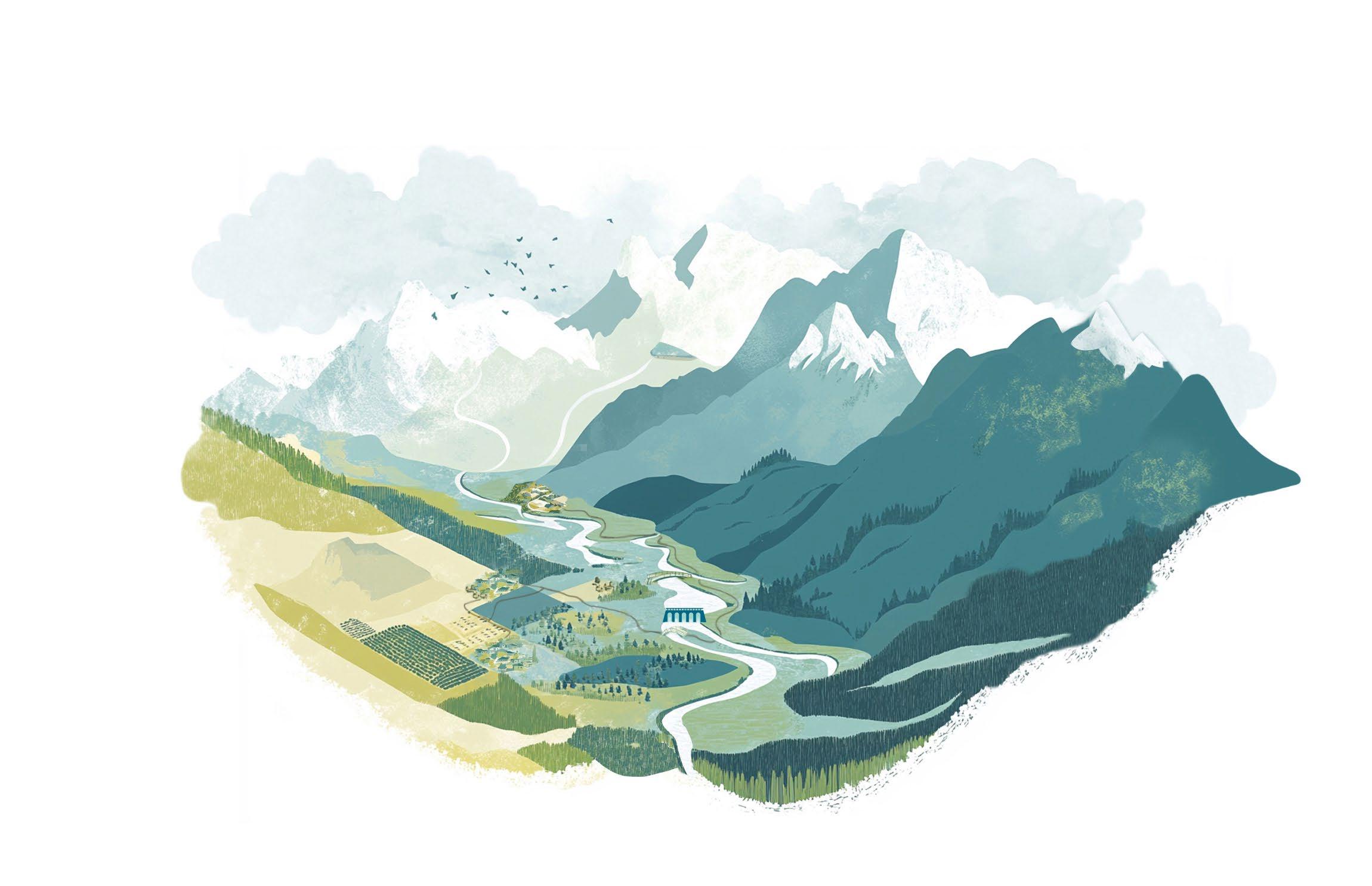
▶ Drying of springs
Glaciers mass
Permafrost thawing
Impact of the loss of mountain snow and ice in the Caucasus SDC, 2025

Glaciers mass loss
By 2100, a temperature rise of 3°C could result in near-total loss of glaciers.

Snow melting earlier, reduced snowfall
species and ice
Mudflows
Increase in economic costs to tourism, tourism, transport, mining and hydropower
Rain-on-snow floods, flash floods and landslides
Groundwater depletion
Increase in groundwater withdrawals since 2000
Reduction in albedo

Shifts in migratory routes and upward migration of species
ECOSYSTEMS
▶ Degraded habitats
▶ Changes in river nutrients
▶ Changes in sediments
▶ Spread of invasive species
Sources: UNEP, 2024 ; Zekollari et al., 2024; Zemp et al., 2019;

25% in Georgia, 100% in Armenia and nearly 400% in Azerbaijan
Infographic produced by Zoï Environment Network, 2025
Tielidze et al., 2022a; Tielidze et al., 2023; Shakarashvili et al., 2020.
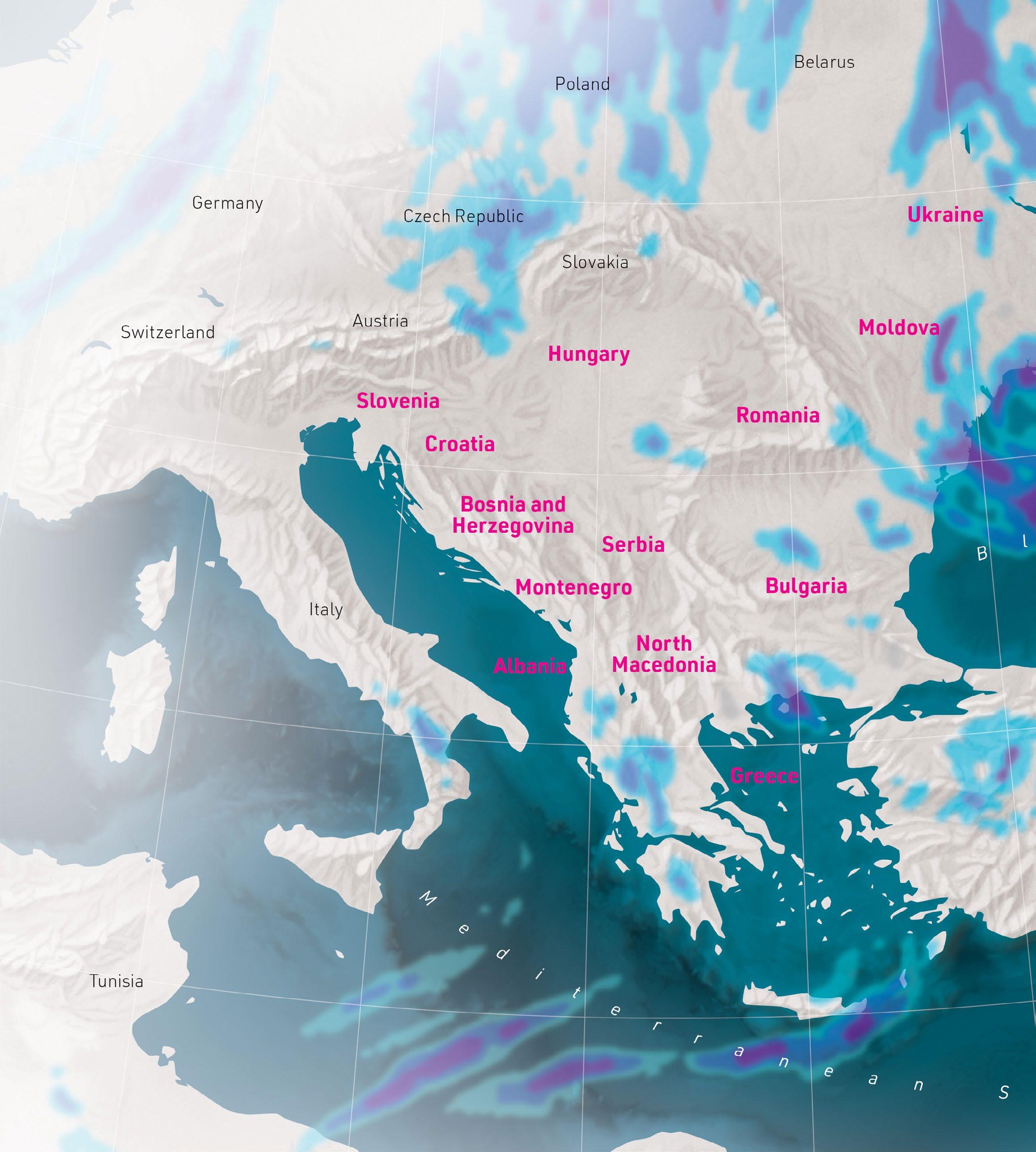
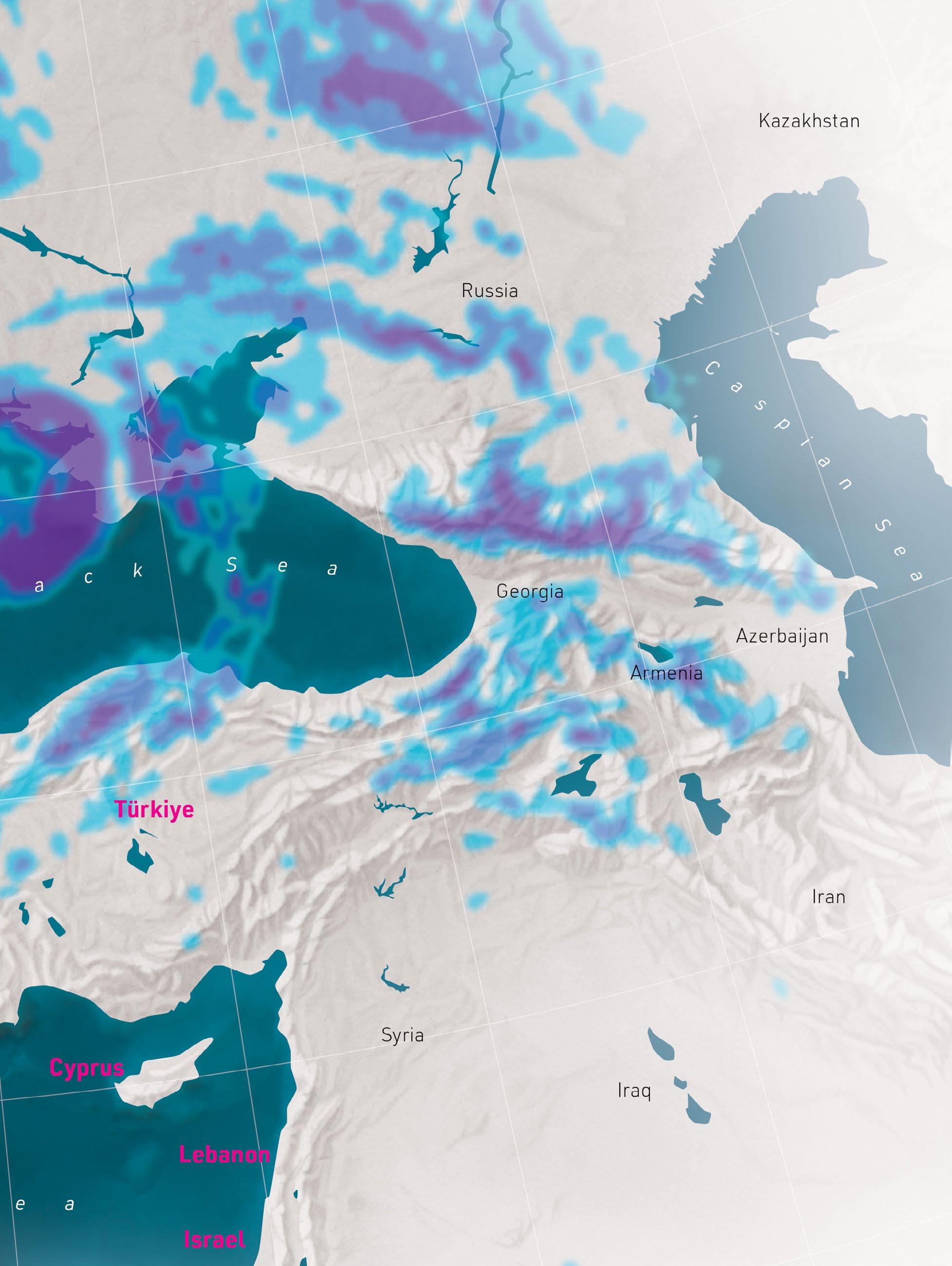
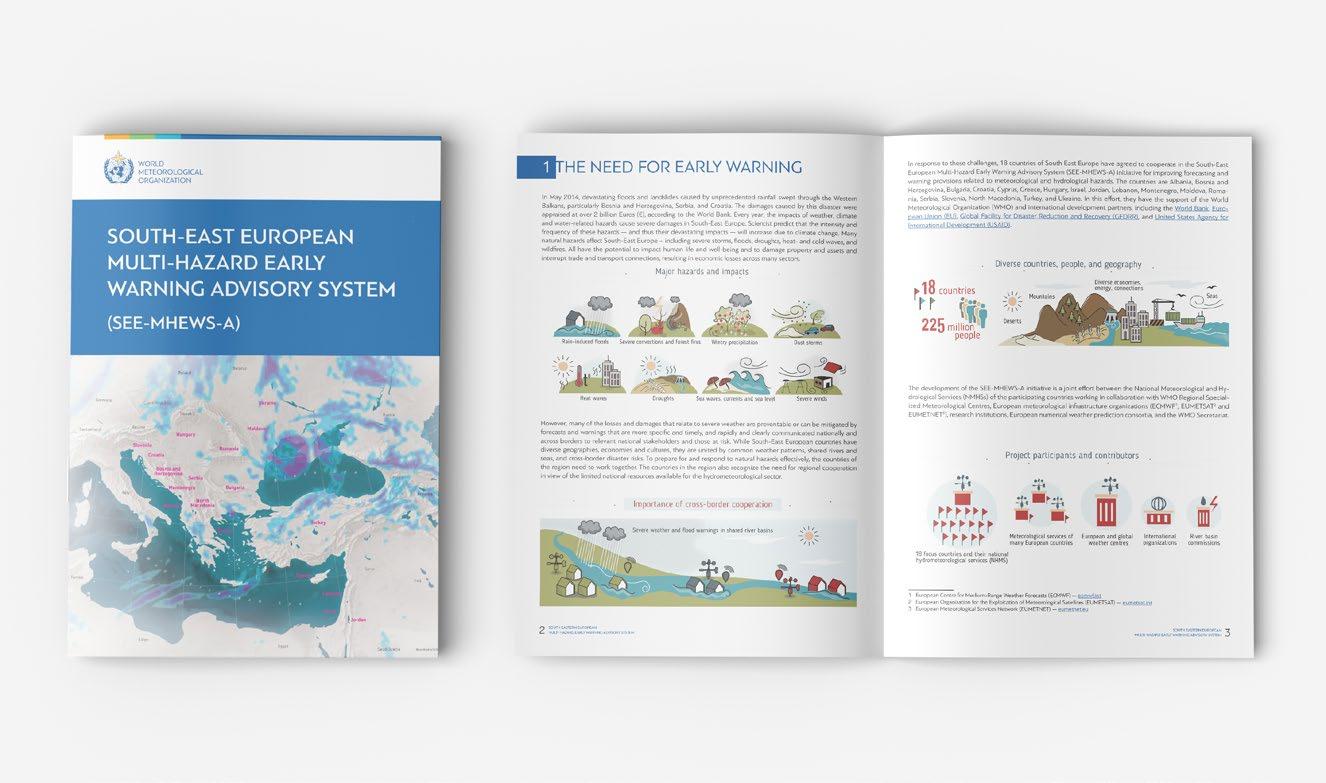
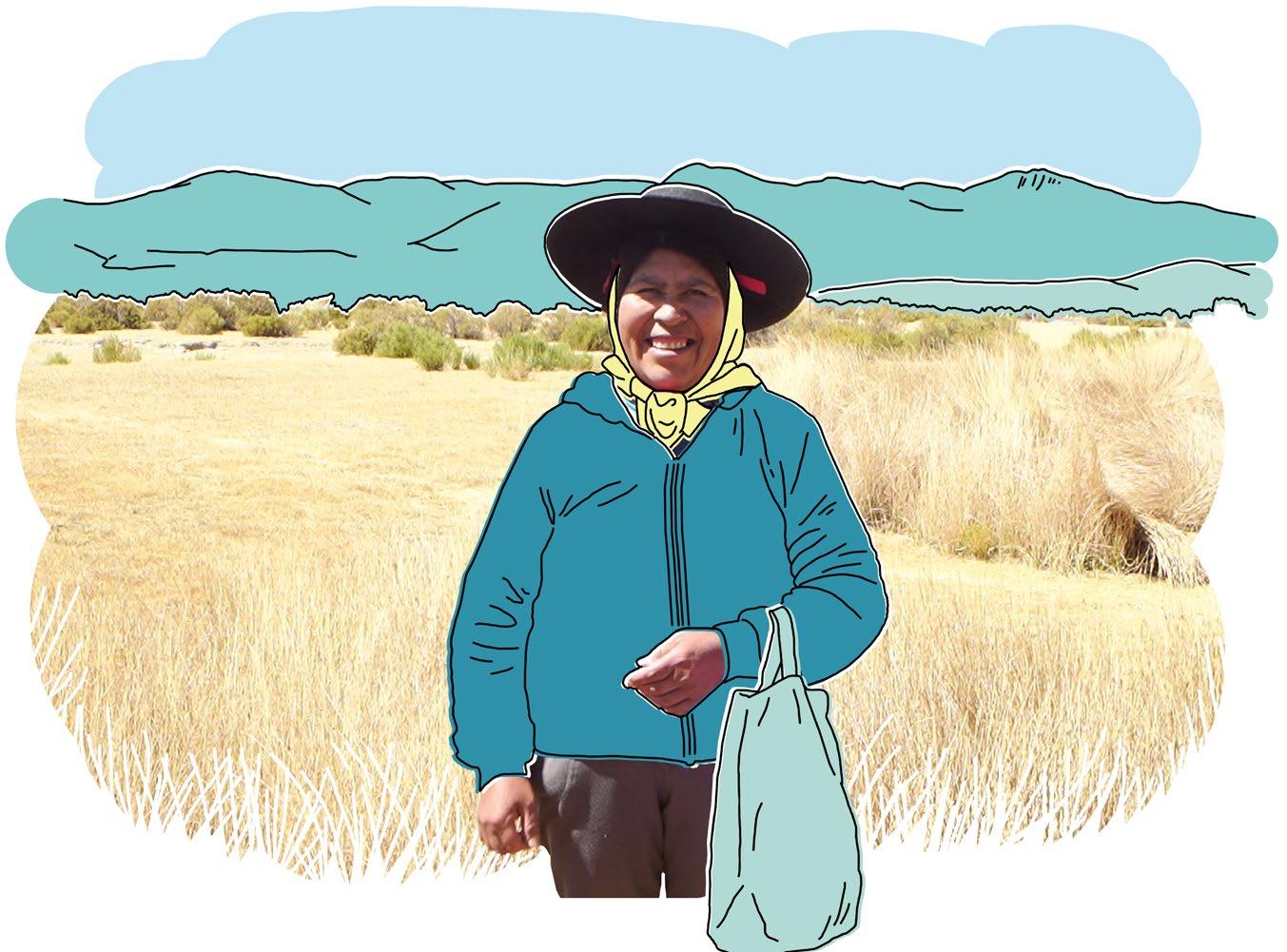
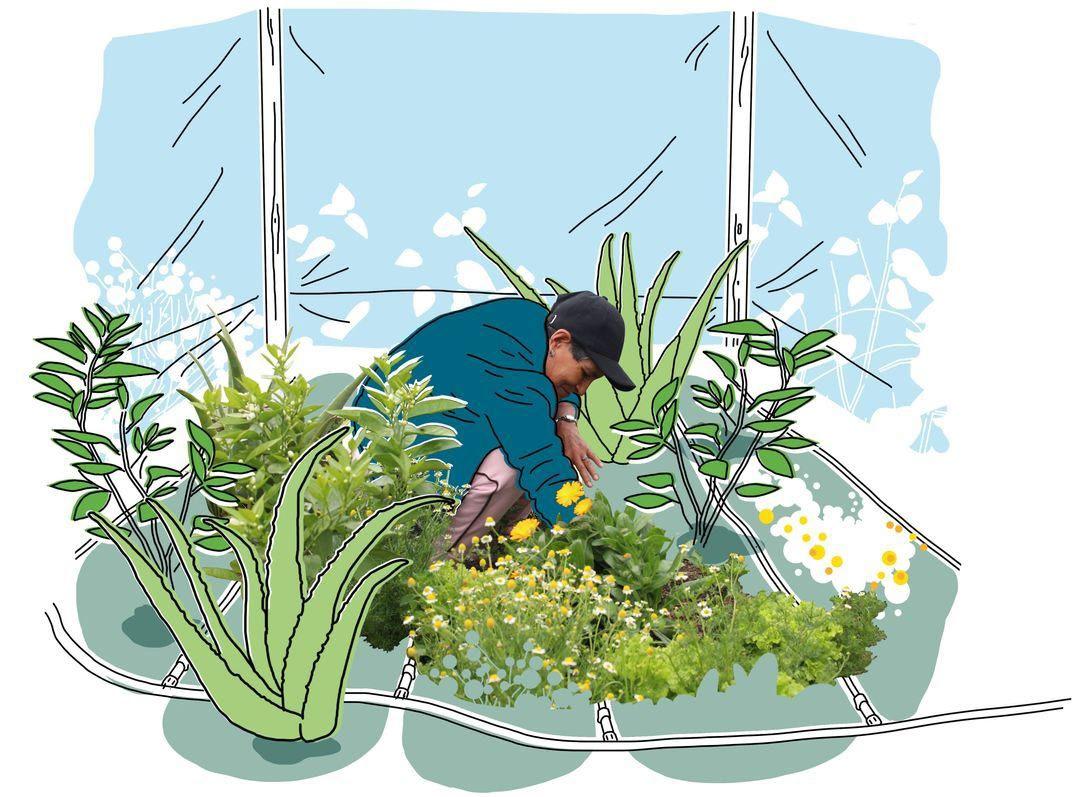
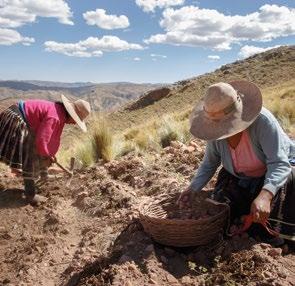
Adaptation at Altitude Taking Action in the Mountains SDC, 2020

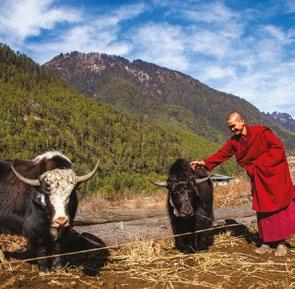
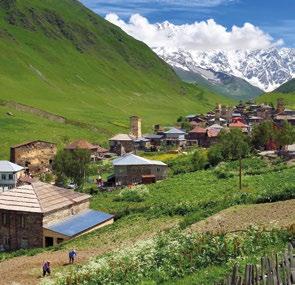
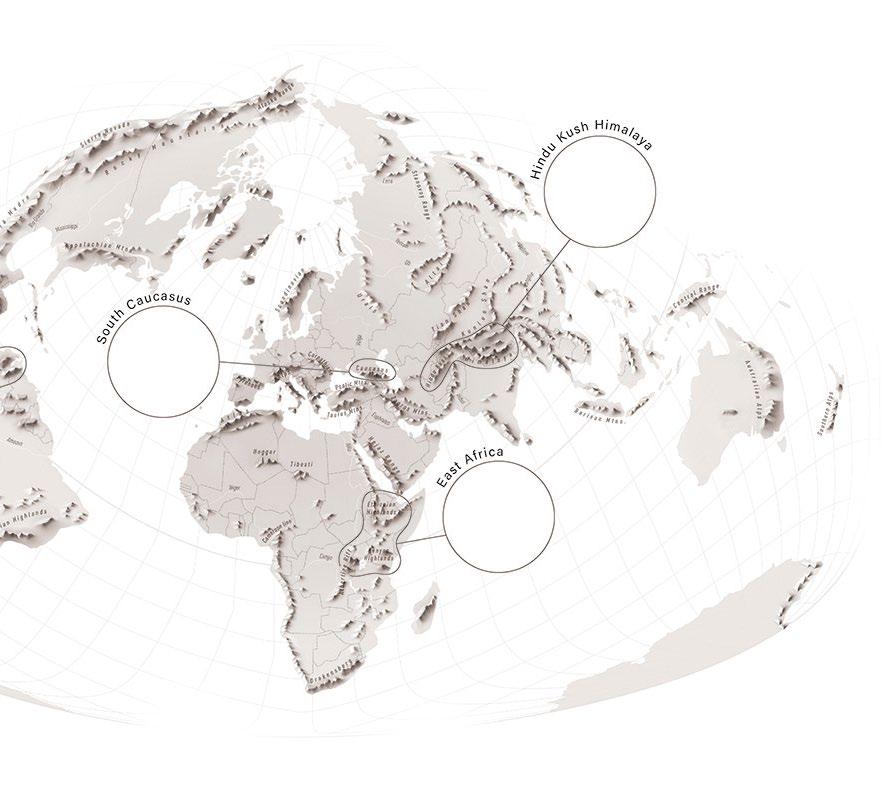
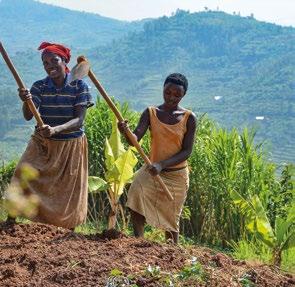
Impact on human health
Brain Lungs
• Increase in strokes, brain ischemia
• Cognitive disorders
• Neuro-degenerative illness
• Worsening of chronic obstructive pulmonary disease
• Reduction in lung function
• Changes in heart function
• Increase in heart rhythm problem
• Passage of particles though walls of blood vessel
• Blood flow problems
• Peripheral vessel disease thrombosis
• Atherosclerosis
• Reduction in diameter of blood vessels, high blood pressure
Reproduction
• Fertility problems
• Miscarriage
• Foetal growth problems
• Premature birth
• Low birth weight
Pollutants and health effects
Respiratory and cardiovascular diseases; lung irritation and in ammation; cell damage; premature aging; asthma attacks; blood and spleen disorders
Lung in ammation and respiratory diseases such as asthma and emphysema; impairment of immune system defences
Premature death from heart disease, stroke, chronic obstructive pulmonary disease, and lung cancer; aggravation of asthma
Lung diseases and respiratory irritation
Air Pollution in the Western Balkans UNEP, 2021
Pollutants and sources
7 million deaths per year due to air pollution
5,000 per year in the Wester n Balkans
People in Wester n Balkans lose up to 13–16 months of life to air pollution
Power generation and transport
Forms when nitrogen oxides and volatile organic compounds react in stagnant air and sunlight
Directly from fires and smokestacks; and forms in the atmosphere through reactions among chemical pollutants emitted by power plants, industry or vehicles
Power generation and transport
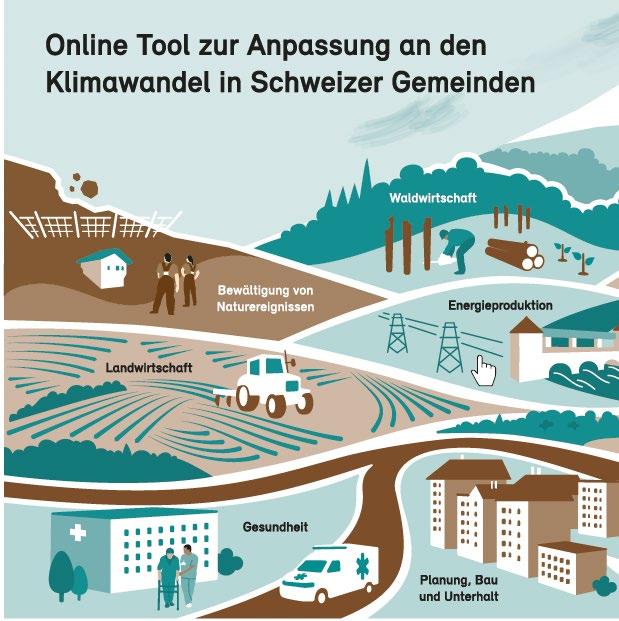
Online Tool for Adaptation to Climate Change
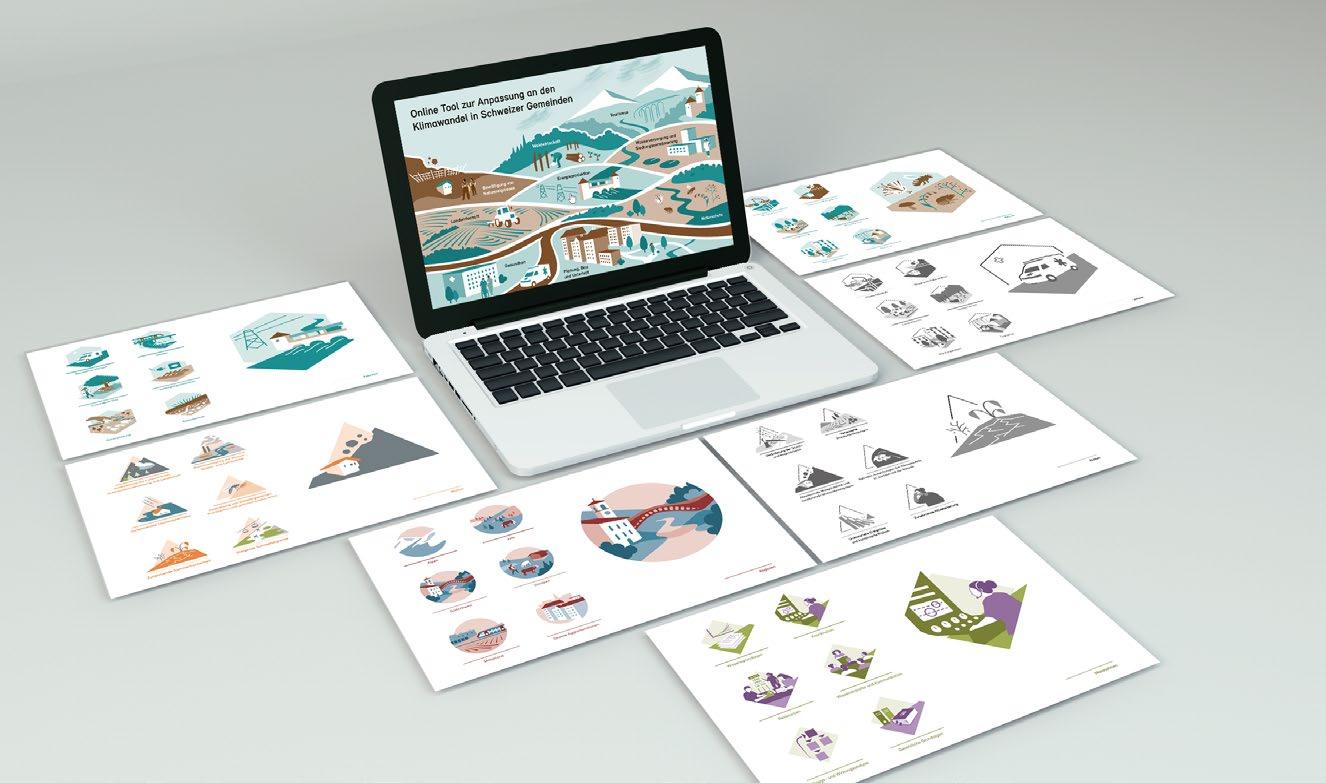
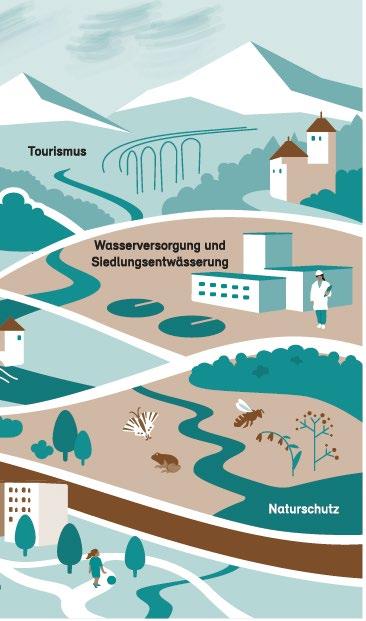
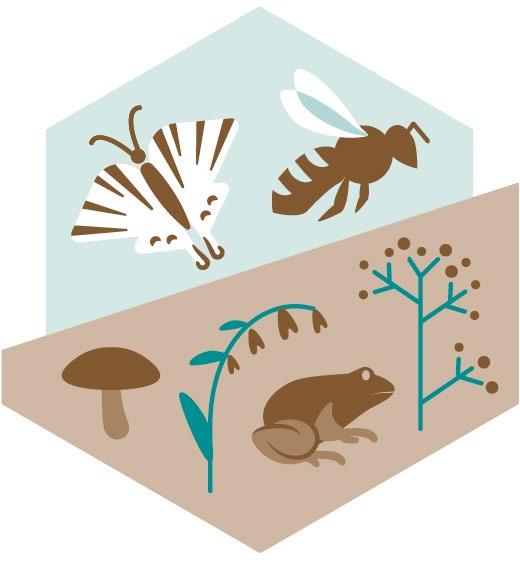

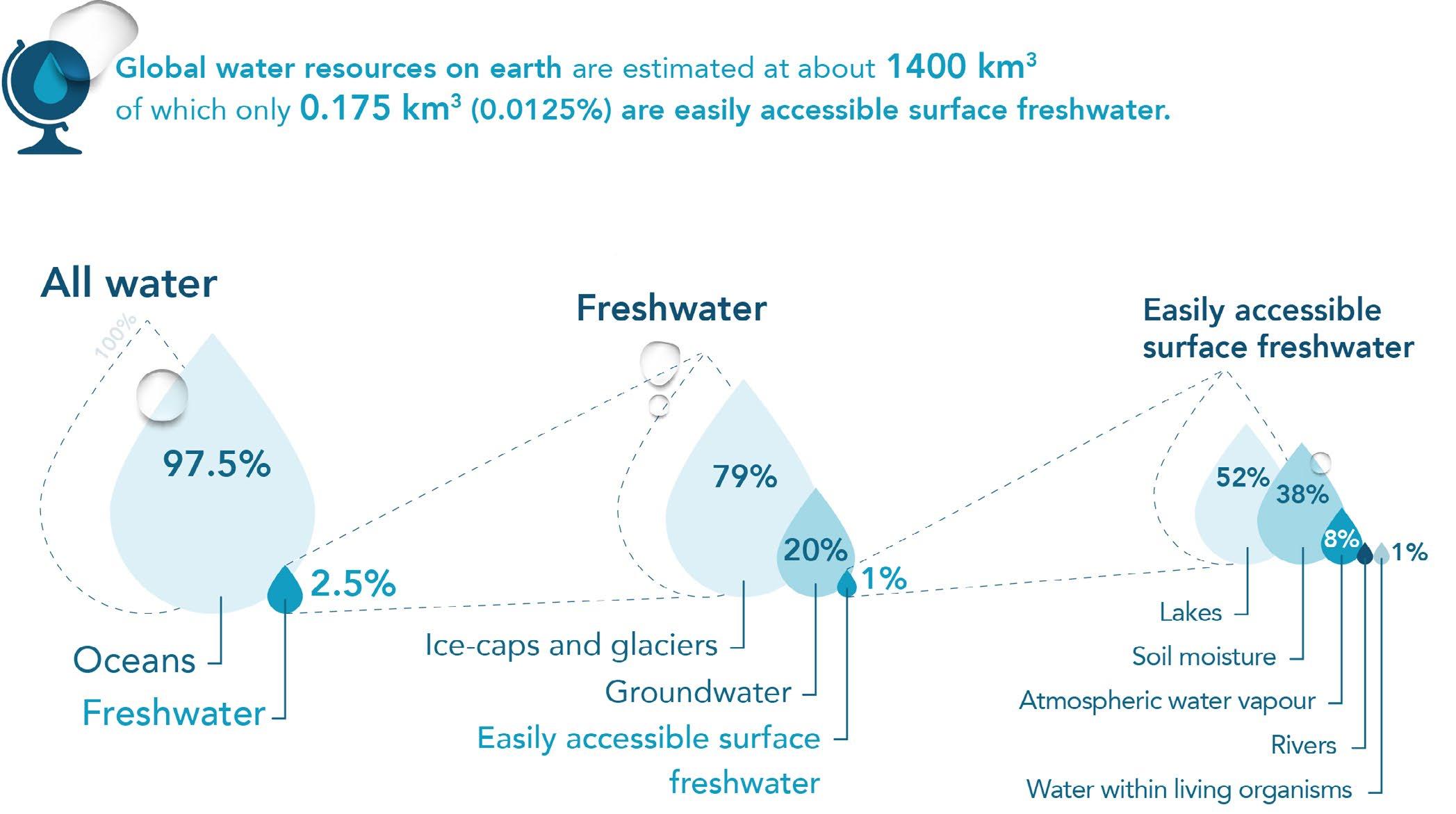







































Global Programme Water Programme Framework 2021-24 SDC, 2022
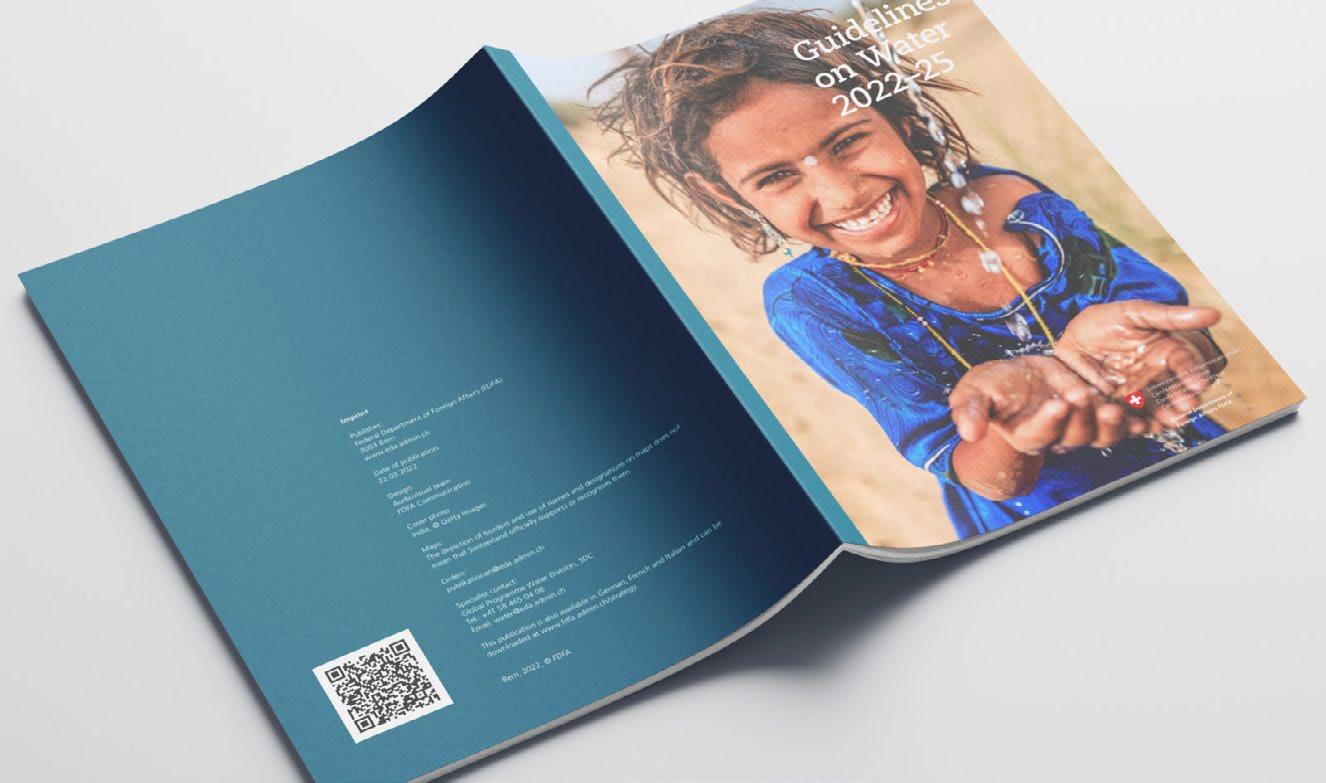
Chatkal Biosphere Reserve
Interesting facts in pictures CEPF, 2022
Water infographic in Central Asia
Regional Environmental Center of Central Asia, 2022
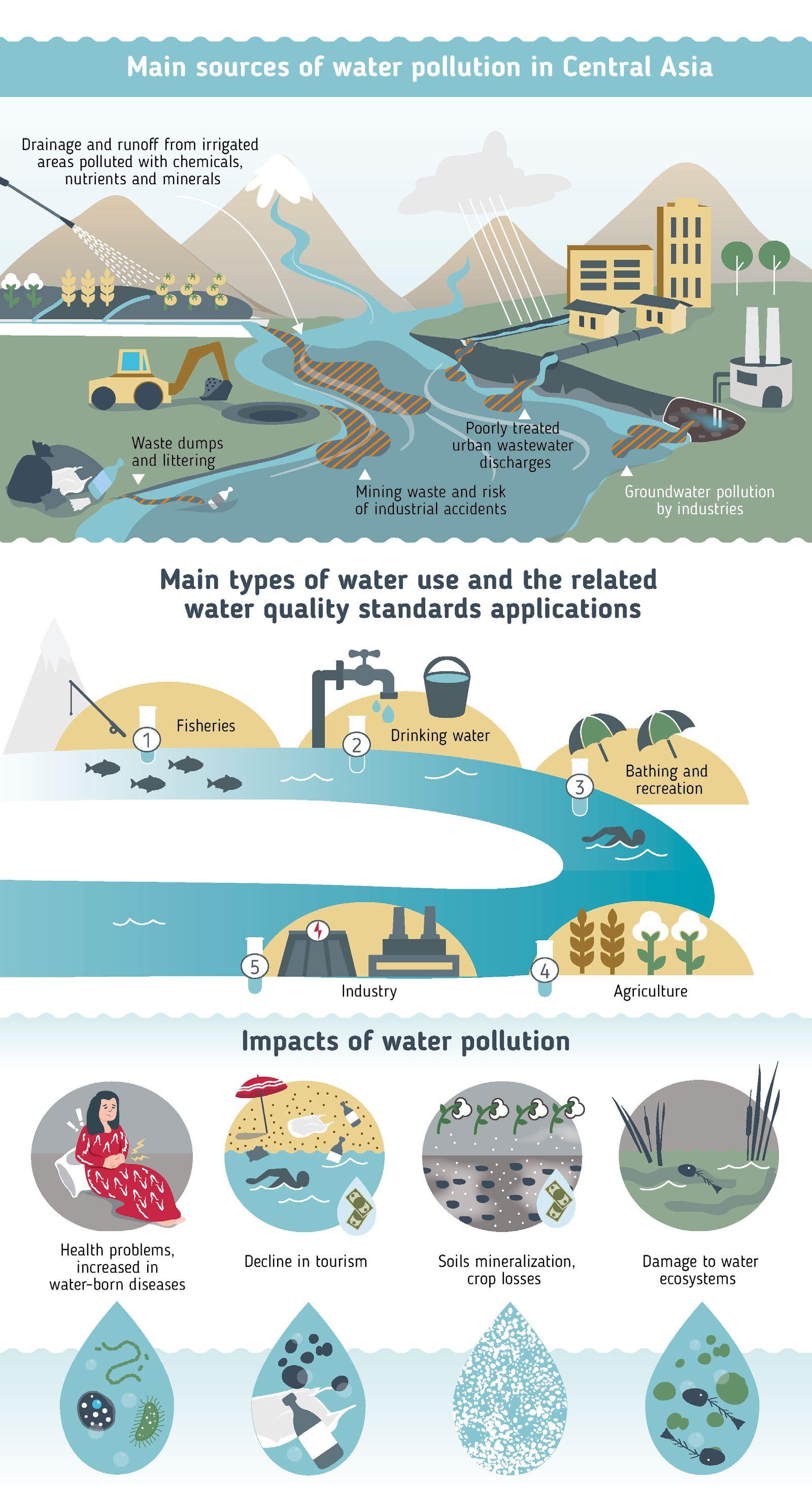
United Nations Information Portal on Multilateral Environmental Agreements
E-learning, visual scroll, diagram InforMEA, 2021
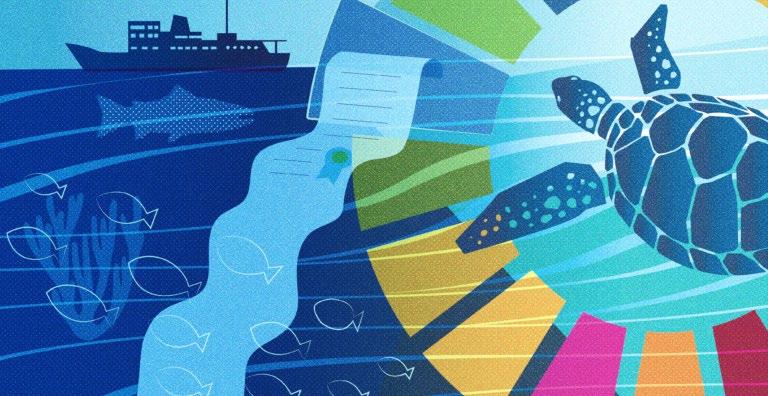
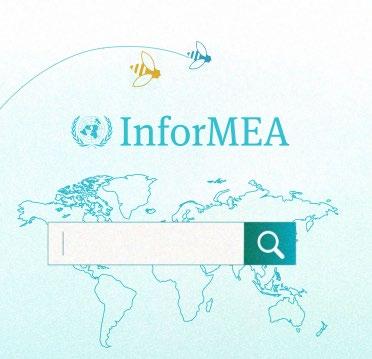
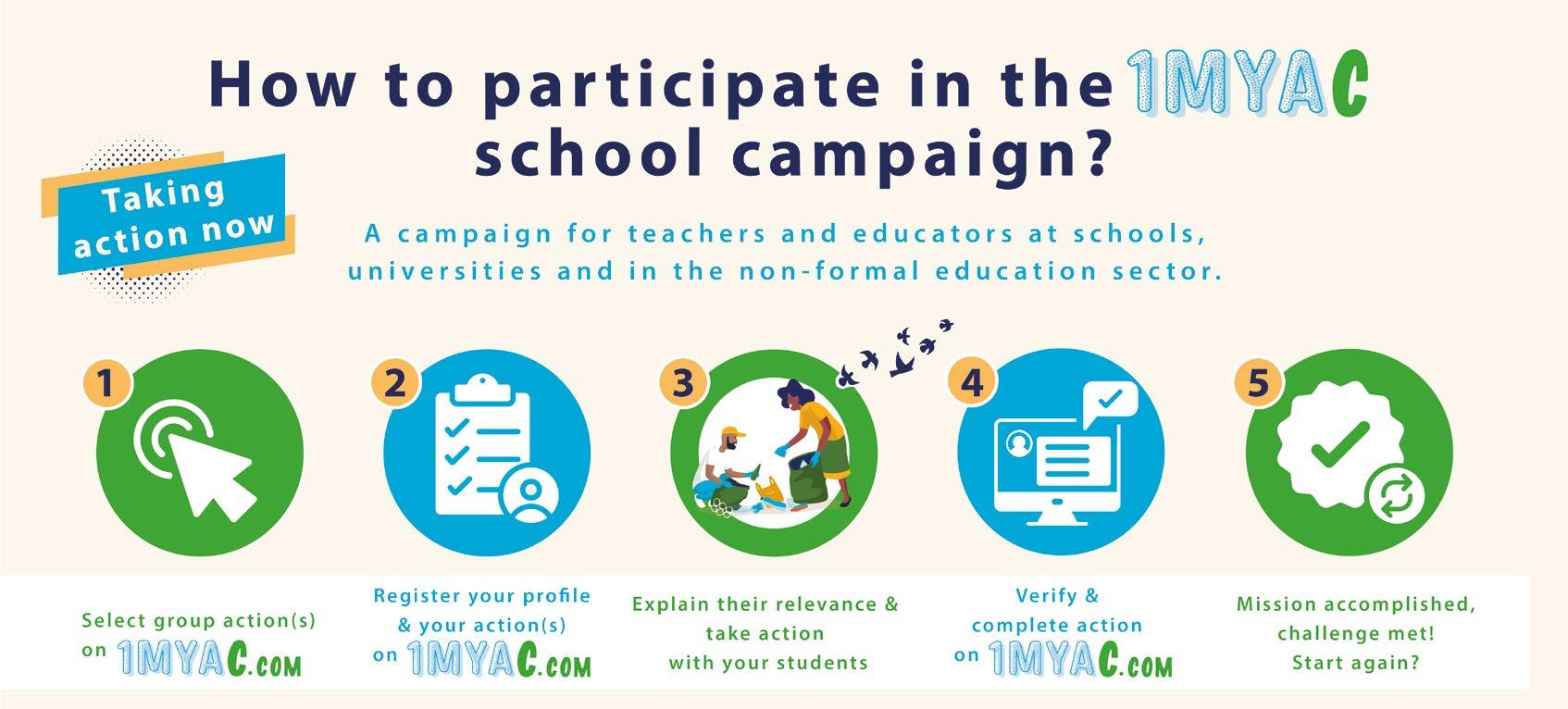
alignment
The fonts used for this logo are two creative vector fonts and cannot be used for writing text. alignment



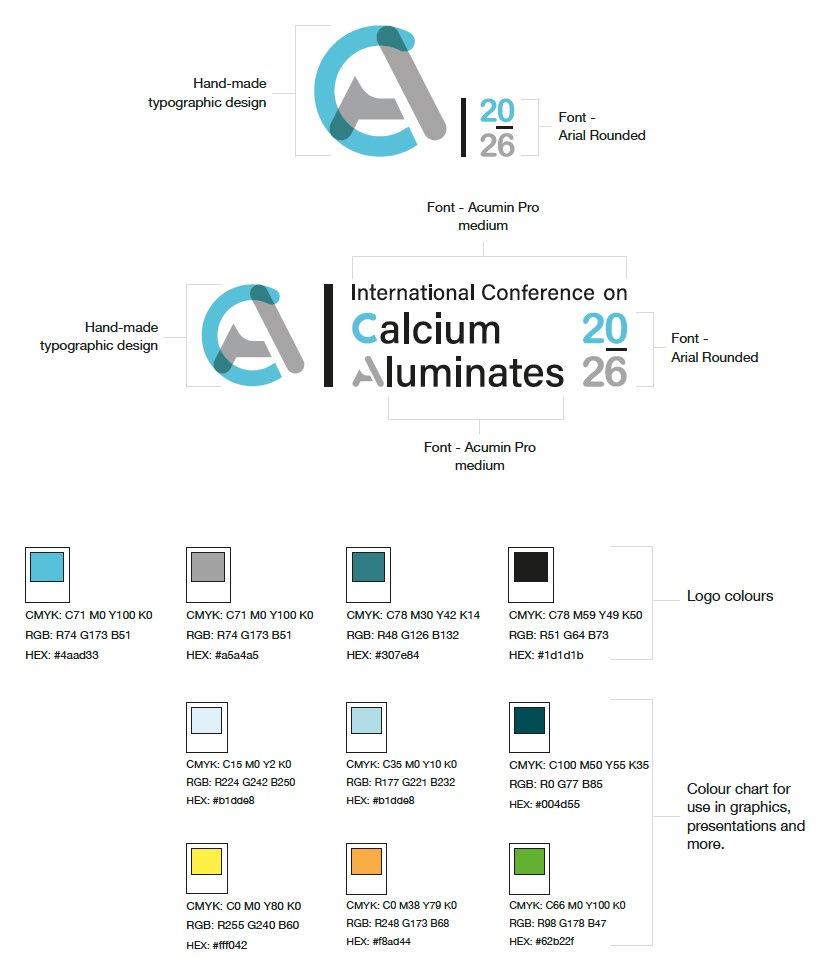
Main sources of air pollution

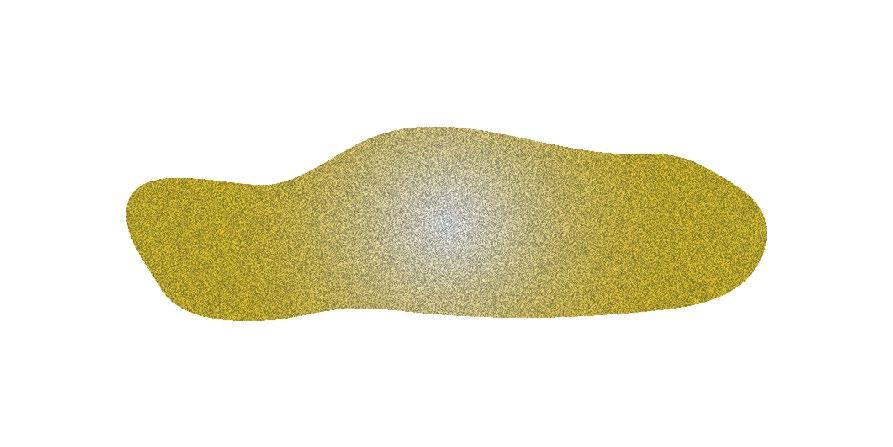


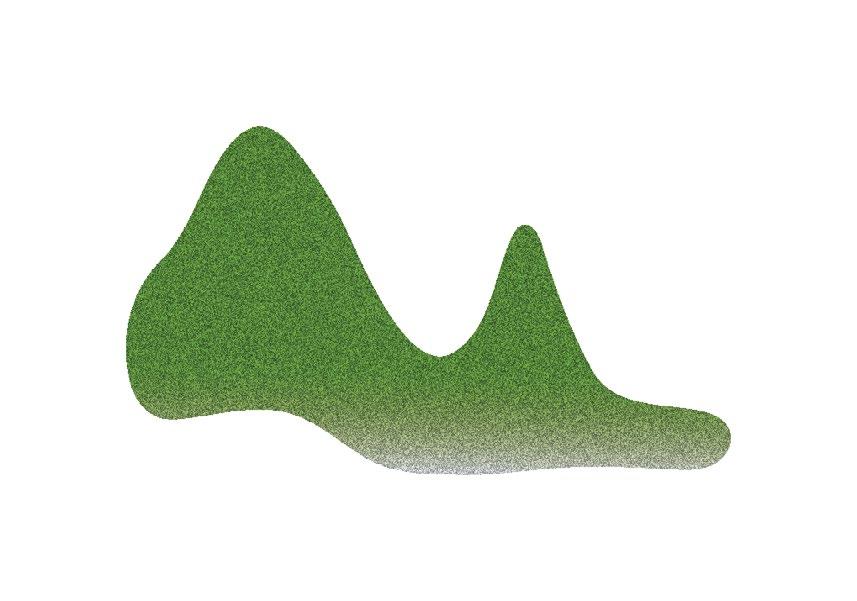
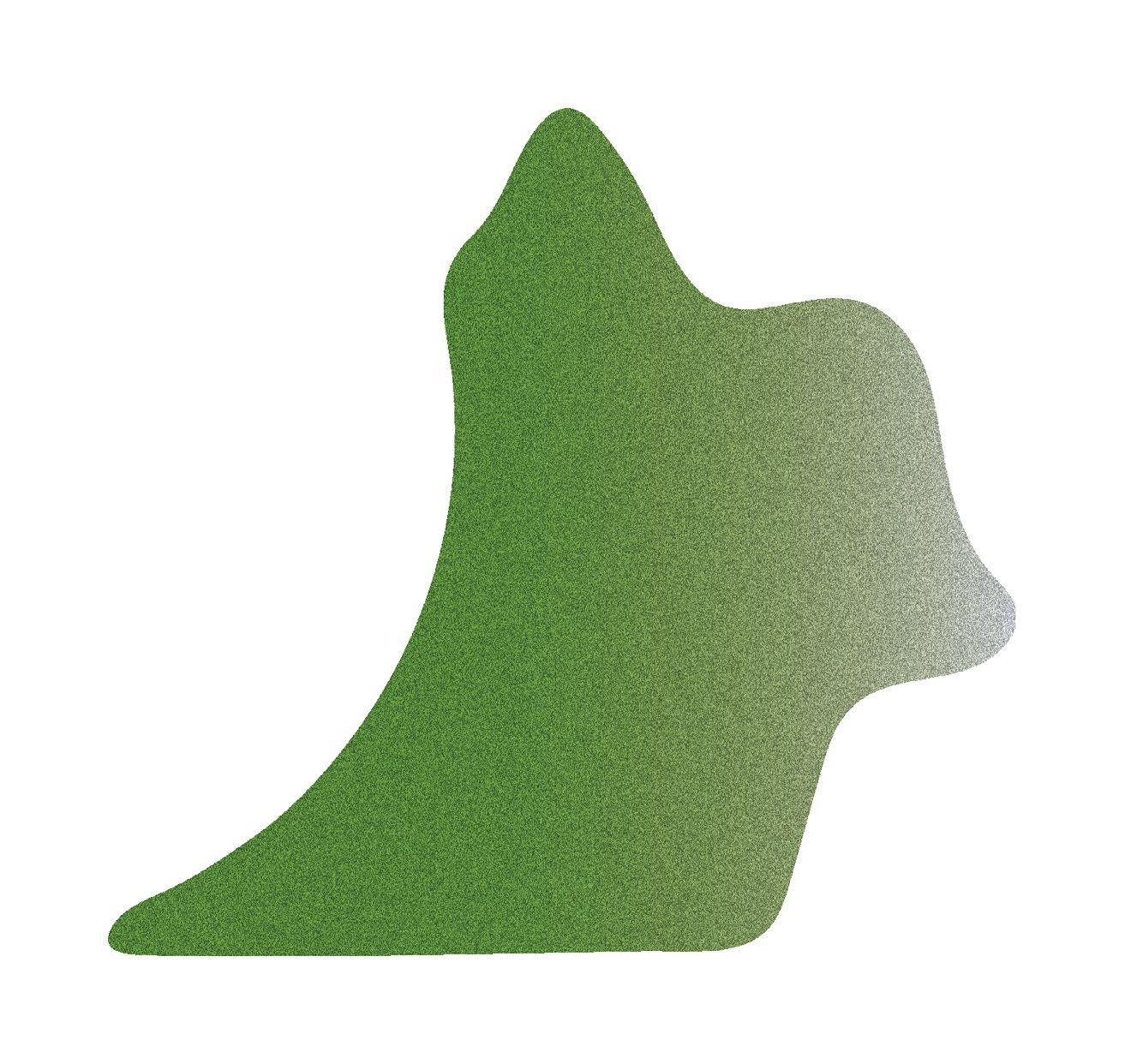
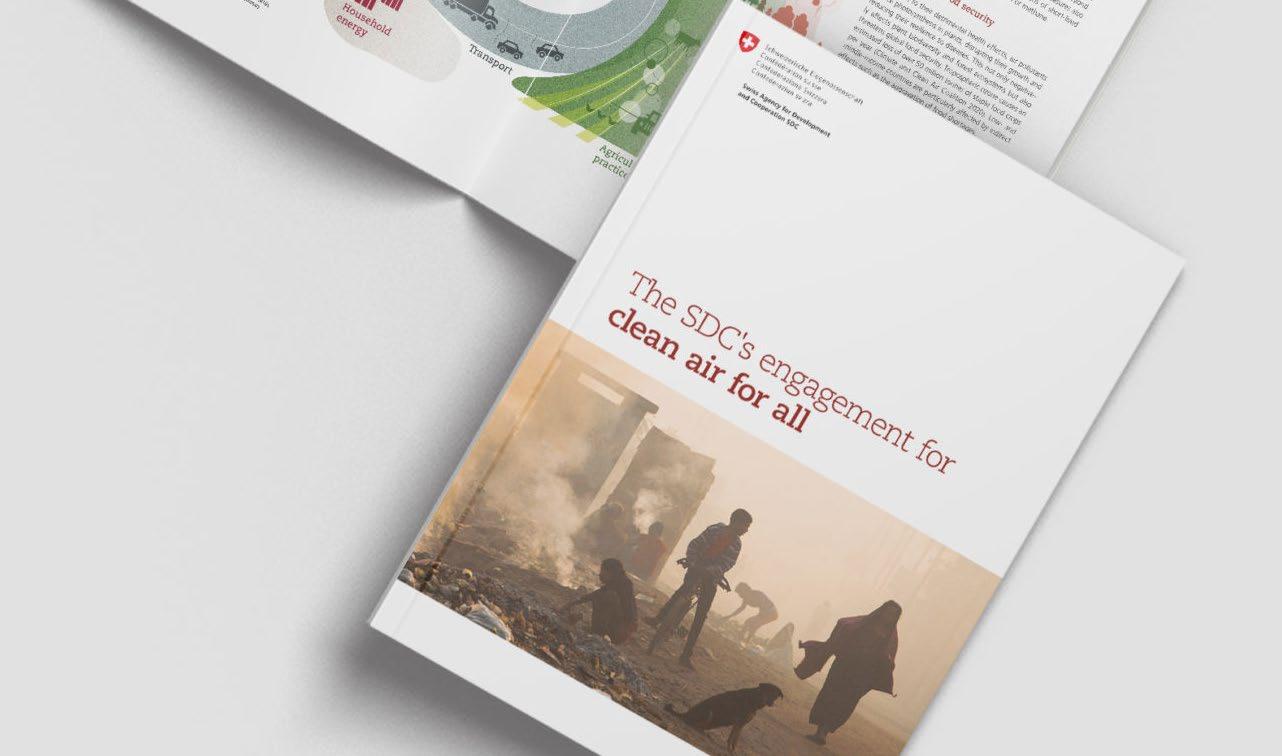
The SDC’s engagement for clean air for all SDC, 2022
The Effects of the Crisis in Afghanistan on Central Asia’s Energy Sector OSCE, 2024
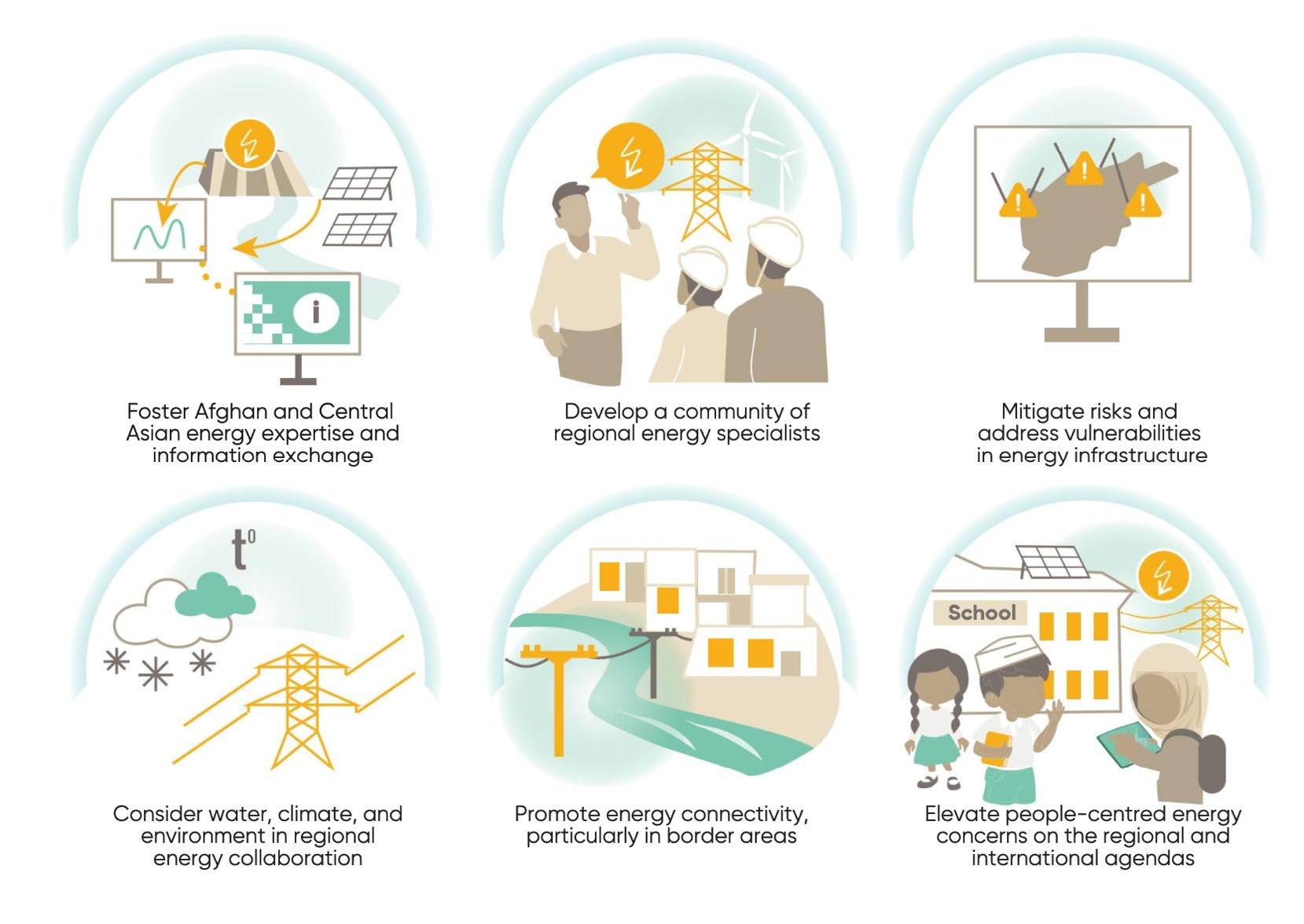
TUTAP CASA-1000
TAPI
TAP
TRACK AND REPORT PROGRESS IN THE BIENNIAL TRANSPARENCY REPORT
1. Assess effectiveness of interventions and impact on material flows and GHG emissions.
2. Report impact and progress in the BTR.
Policy evaluation Track and report progress in the BTR
ASSESS THE PROBLEM WITH AVAILABLE DATA
1. Determine the GHG emissions associated with material use in the economy to prioritize sectors/subsectors for circular economy interventions in the NDC.
2. Assess current NDC to identify entry points for circular economy interventions.
3. Identify relevant stakeholders to engage.
Problem assessment Material use and GHG emissions
Policy response Circular economy interventions
Policy implementation Policy instruments
DEFINE THE CIRCULAR ECONOMY POLICY RESPONSE
1. Identify circular economy opportunities in prioritized sectors/sub-sectors for the NDC.
2. Select circular economy interventions and assess their potential impact to inform the NDC update (ex-ante).
3. Strengthen political will and establish institutional arrangements to ensure implementation.
IMPLEMENT CIRCULAR ECONOMY FOR THE NDC
1. Identify policy instruments for the implementation of selected circular economy interventions.
2. Assess feasibility and establish indicators to track implementation and inform the NDC.
3. Explore financial resources for implementation.
















































































































































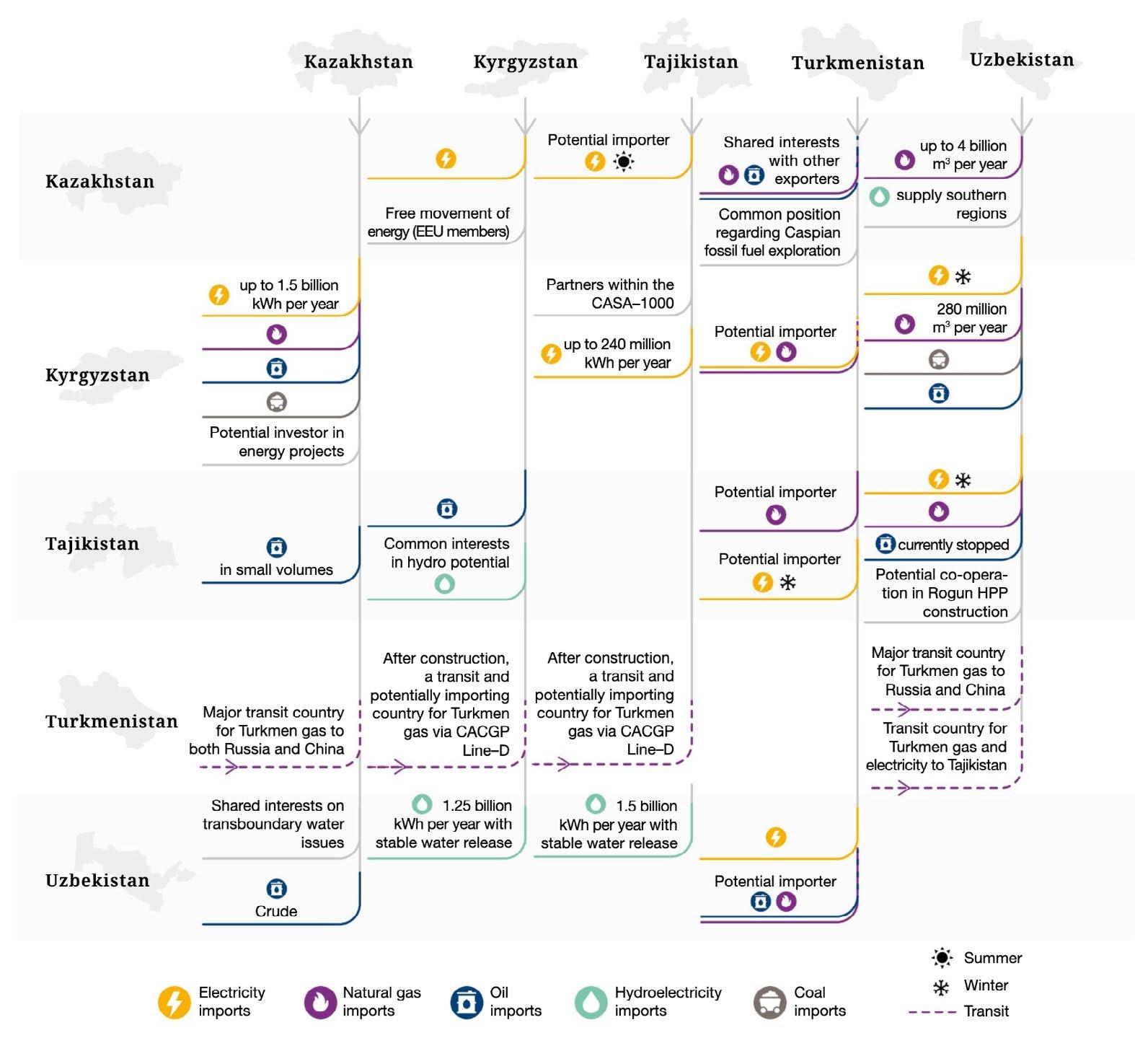
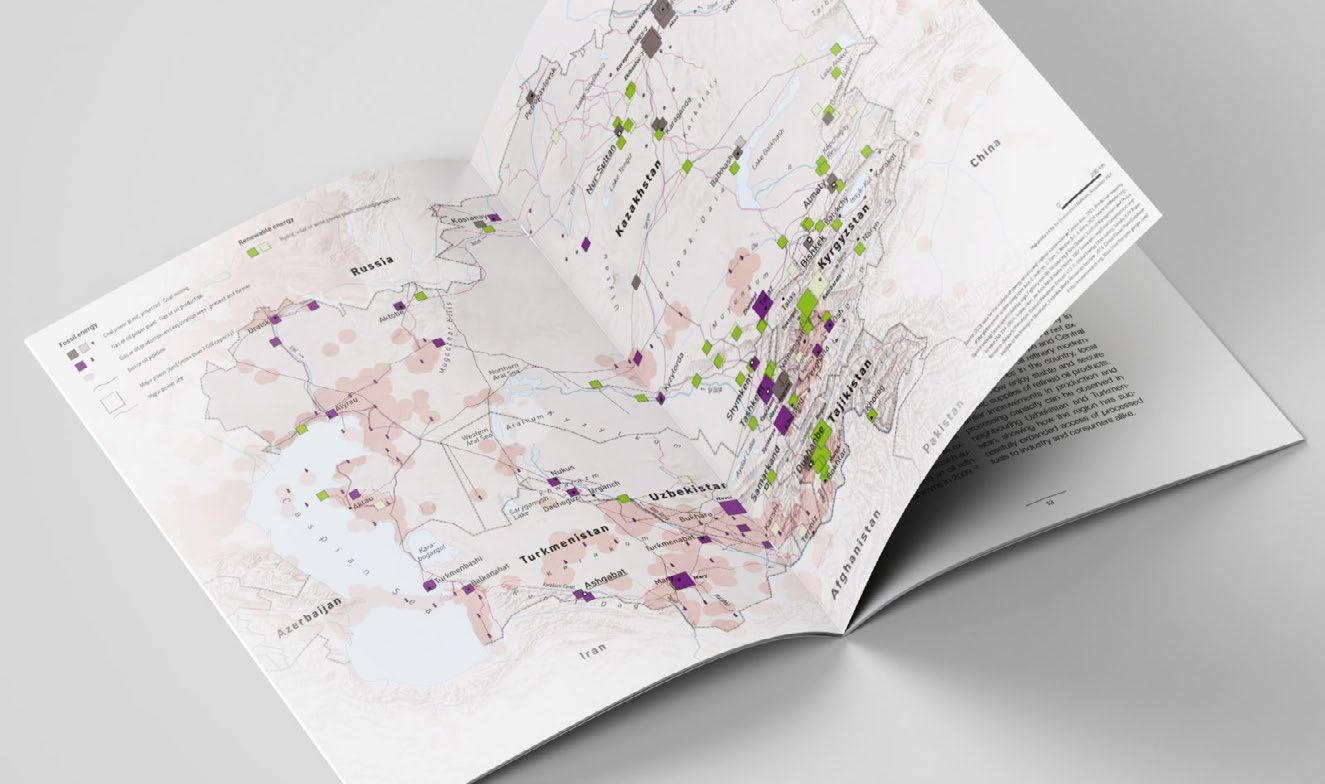
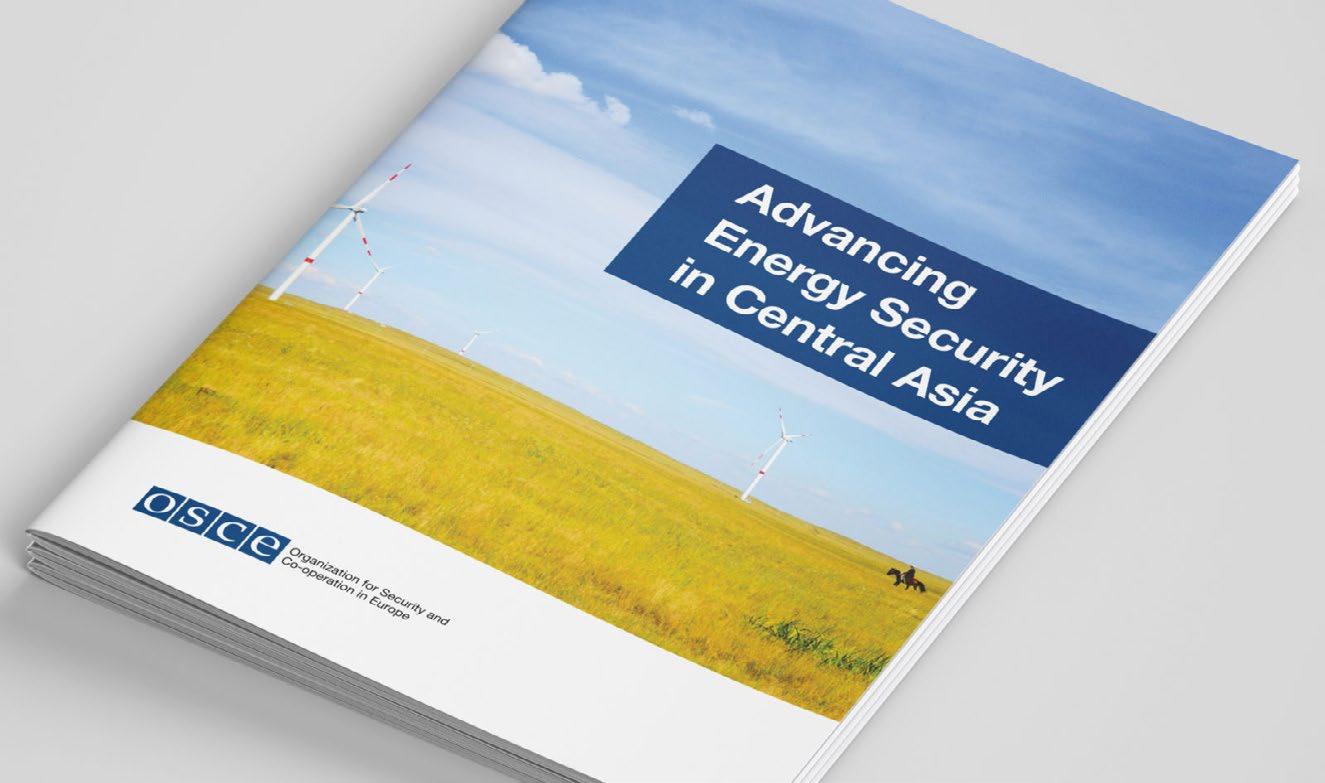
Table 8: Rapid Country Water Diagnostic
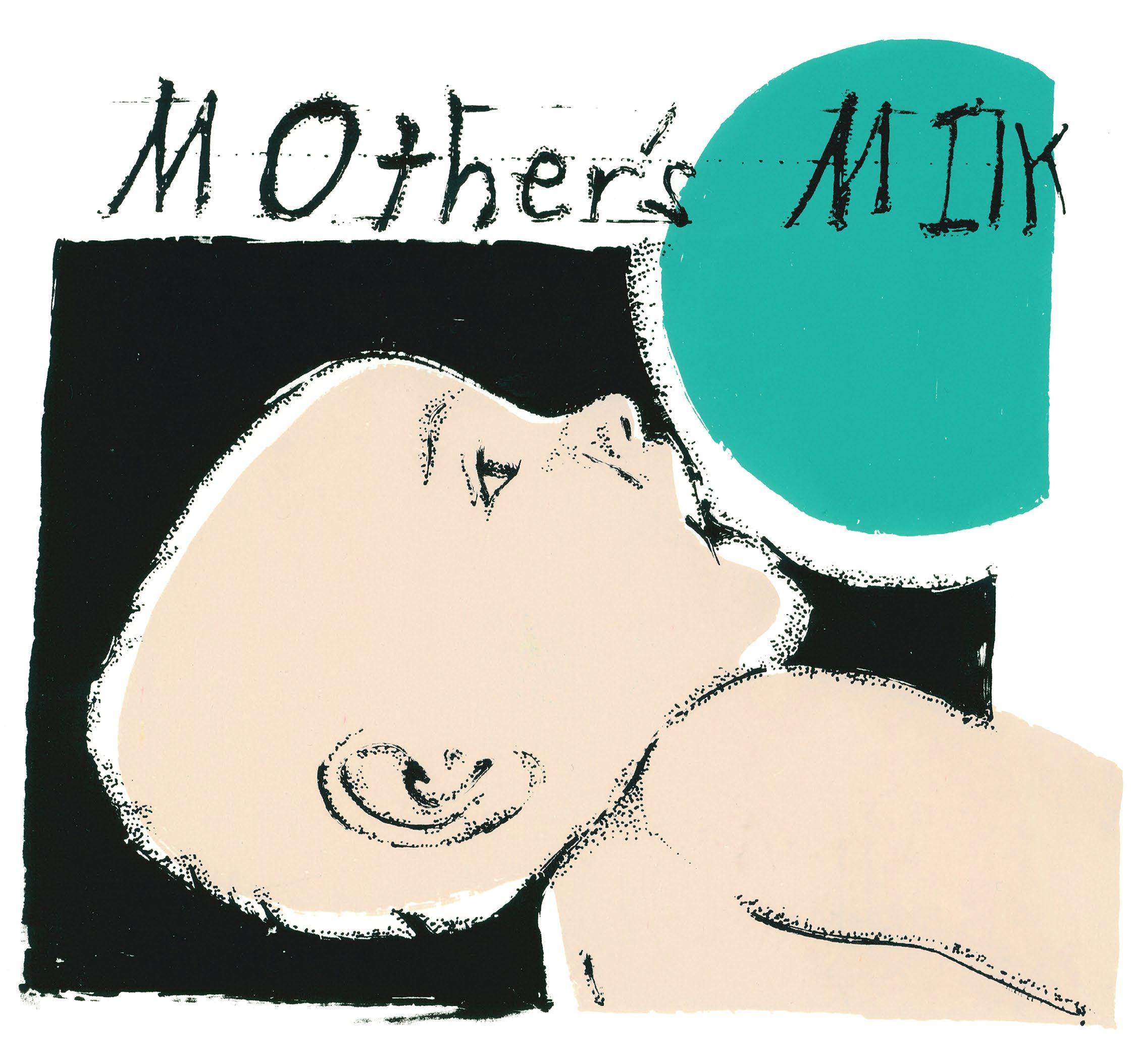
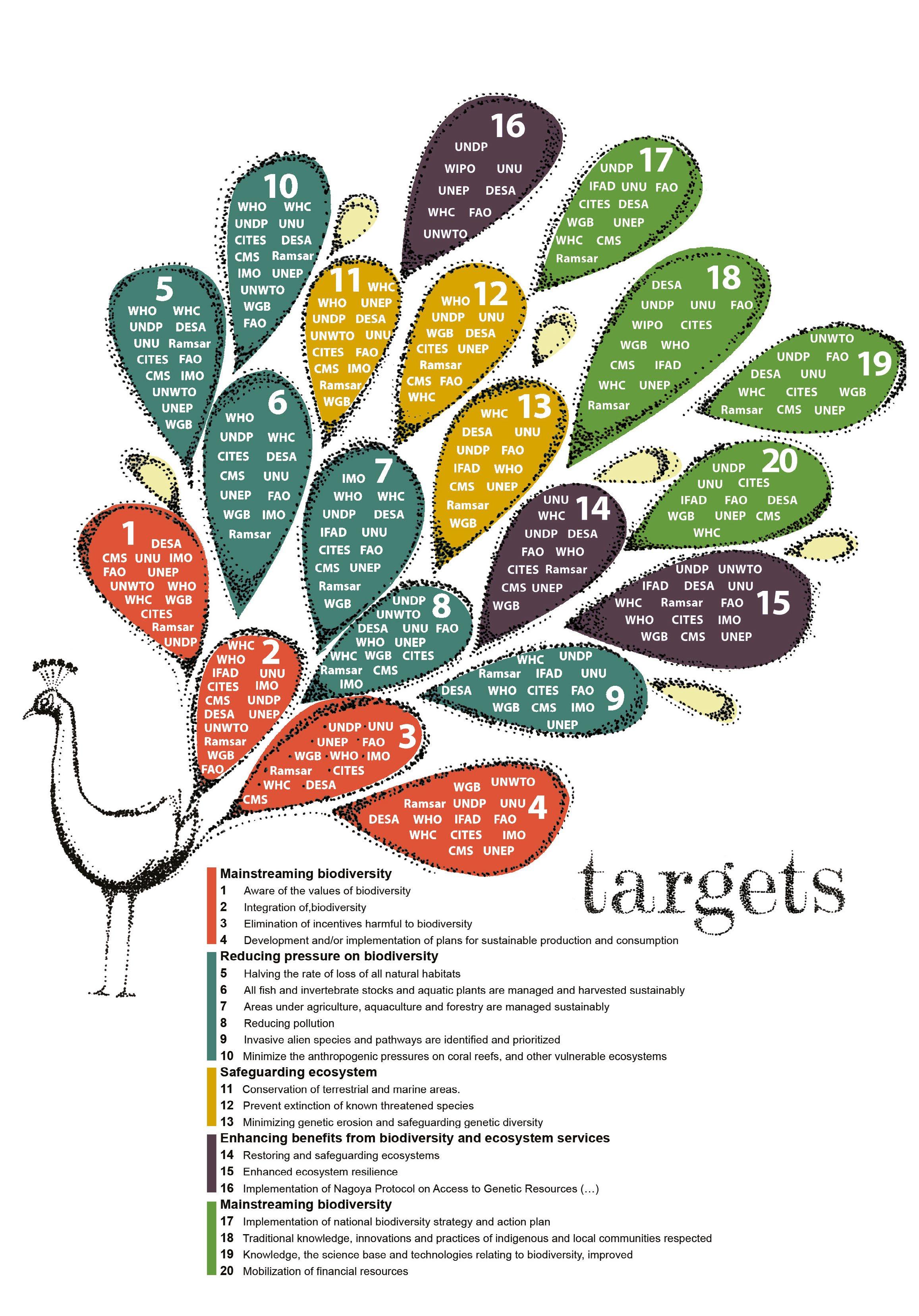
Zoï Environment Network
Chemin de Balexert 7-9
CH-1219 Châtelaine, Switzerland
tel +41 22 917 83 42 enzoi@zoinet.org
